This entry was posted on jueves, septiembre 6th, 2012 at 13:44 and is filed under Biogeografia (Biogeograhy) del norte de España (Spain). You can follow any responses to this entry through the RSS 2.0 feed. You can leave a response, or trackback from your own site.
Categorías
Enlaces
- FLORA Y VEGETACIÓN DE ASTURIAS. ASPECTOS ECOLÓGICOS, GEOGRÁFICOS Y FITOSOCIOLÓGICOS. CUADERNOS DE CAMPO DE LA ZONA OCCIDENTAL. COLECCIÓN UNIVERSIDAD EN ESPAÑOL
- Indicadores ecológicos y grupos socioecológicos en el Principado de Asturias
- Libro Matias Mayor y Margarita Fernández
- Los valores ecológicos de las plantas vasculares (sin Rubus) de Heinz Ellenberg

Etnopaisaje.La Braña-Rozadas.Asturias.Spain
………………………….
………..
…………..
………………..
La zona del occidente de Asturias, se caracteriza por tener el sustrato geológico de naturaleza acida.En la zona litoral los bosques están formados por abedules,castaños y carballos; gran parte de ellos han sido talados, y sustituidos por repoblaciones forestales de pino y eucalipto.
…………….
A diferencia de la zona oriental asturiana,en el occidente no hay encinas, que allí llegan hasta la el borde del mar porque es sustrato es calizo,pero sin embargo, allí no hay alconoques como sucede en Pesoz y Grandas de Salime
…………
Está claro que la influencia mediterránea se deja notar en Asturias,que unido a su carácter húmedo,hace que en las zonas cercanas a la costa tengamos un clima casi tropical (templado húmedo) como lo ponen en evidencia la presencia de los helechos tropicales. En la bajada de la Espina tenemos el helecho tropical Woodwardia radicans y Davalia canariensis
Tambien es muy típica en esta zona el brezo Erica mackaiana
……………..
The western area of Asturias, is characterized by the natural geological substrate acido.En the coastal forests consist of birches, oaks and chestnut trees, many of them have been cut down and replaced by reforestation of pine and eucalyptus
Unlike the eastern asturian,in the west there is no oaks, that arrive there until the edge of the sea because it is substrate is made of limestone, but however, there are no of cork tree inside of as happens in Pesoz and Grandas Salime
It is clear that the Mediterranean influence is felt in Asturias,which, together with its character wet,makes in areas close to the coast we have an almost tropical climate (humid temperate) as evidenced the presence of the tropical ferns. We have in la Espinan the tropical fern Woodwardia radicans and Davalia canariensis
…………….
Iis also very typical in this area the heather Erica mackaiana
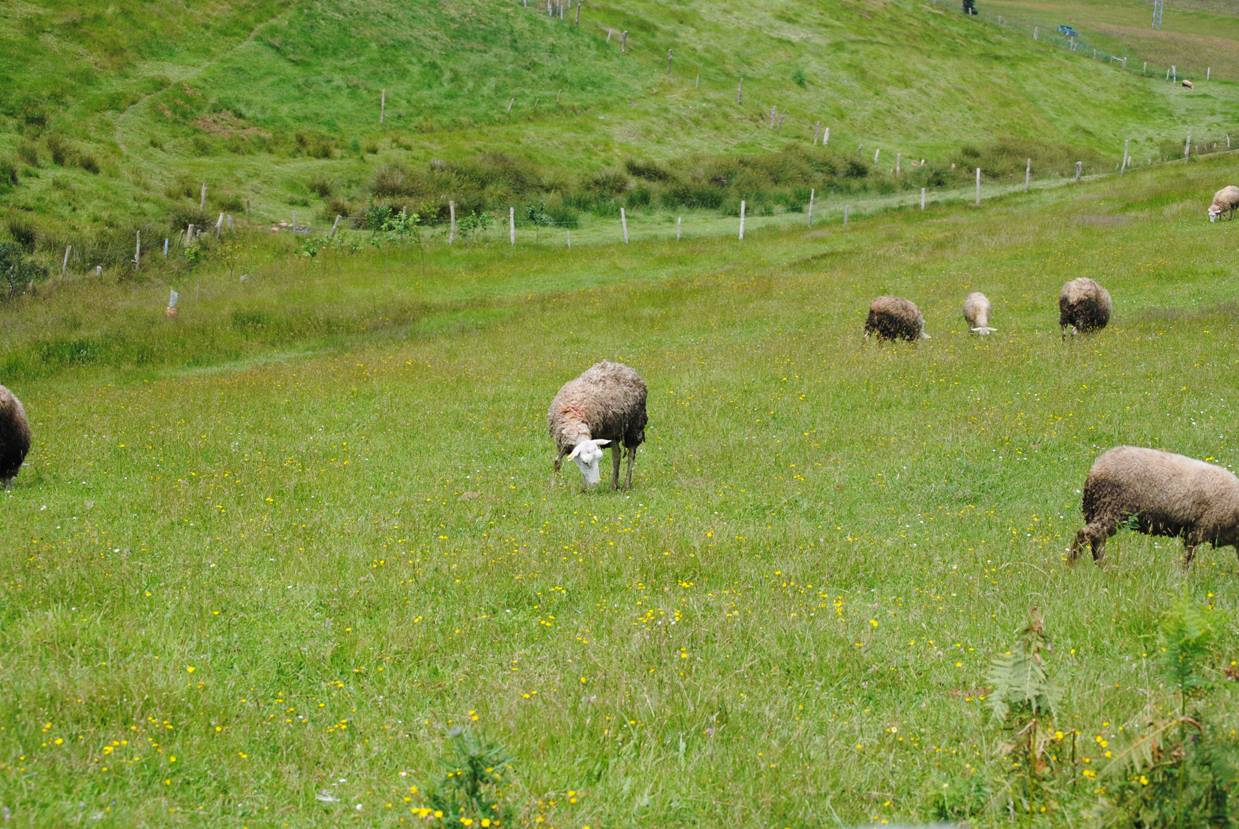 ………………..
………………..
 …………………….
…………………….
.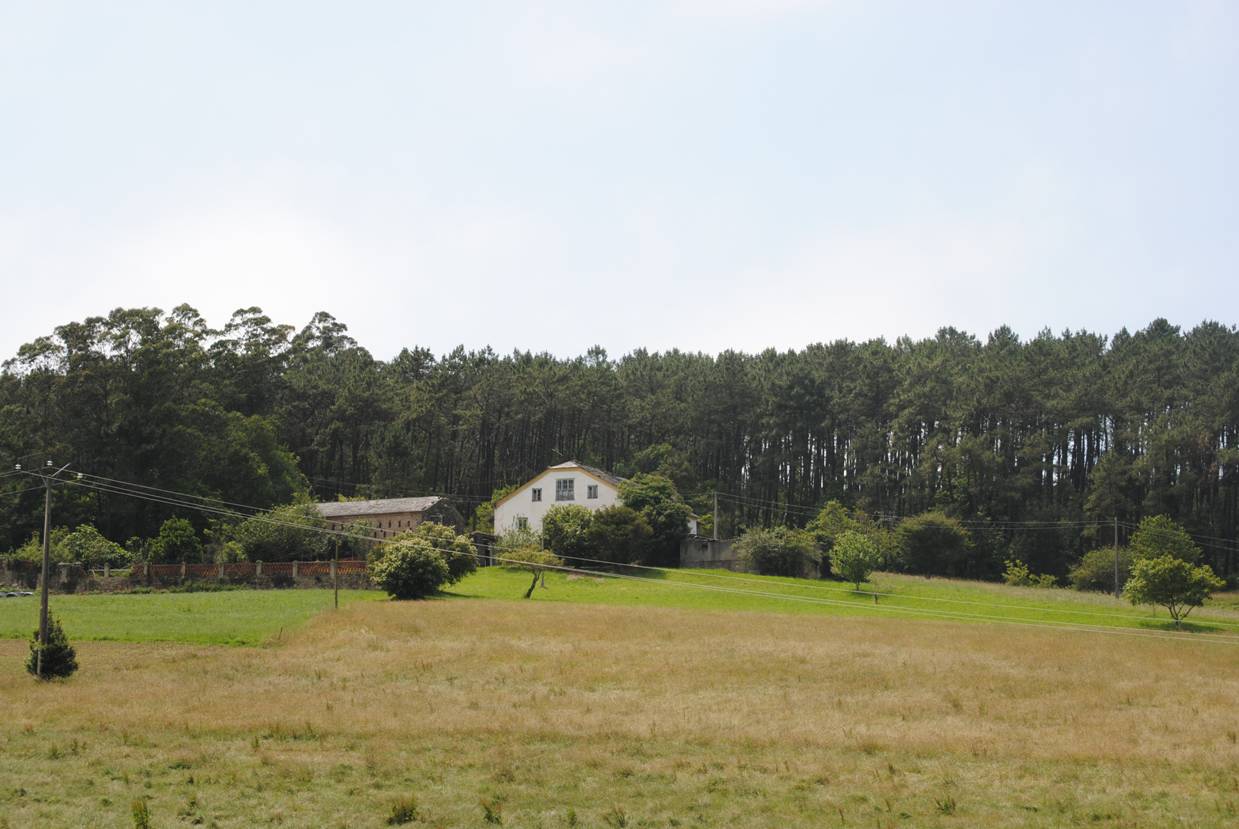
………………………..
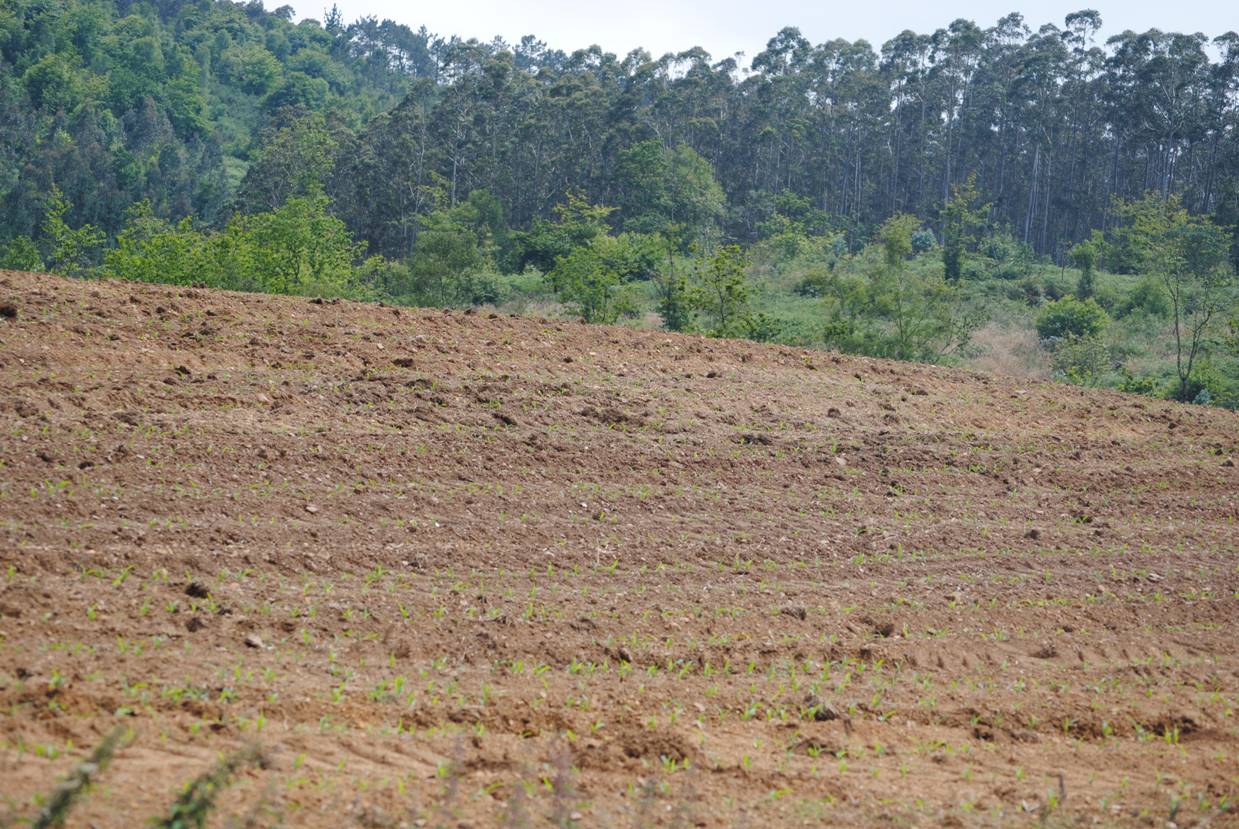 …………………….
…………………….
Plantación de maiz.Los prados naturales milenarios son sustituidos por el cultivo intensivo del maiz forrajero, grave amenaza para la la biodiversidad.
…………………
……………………….
………………..
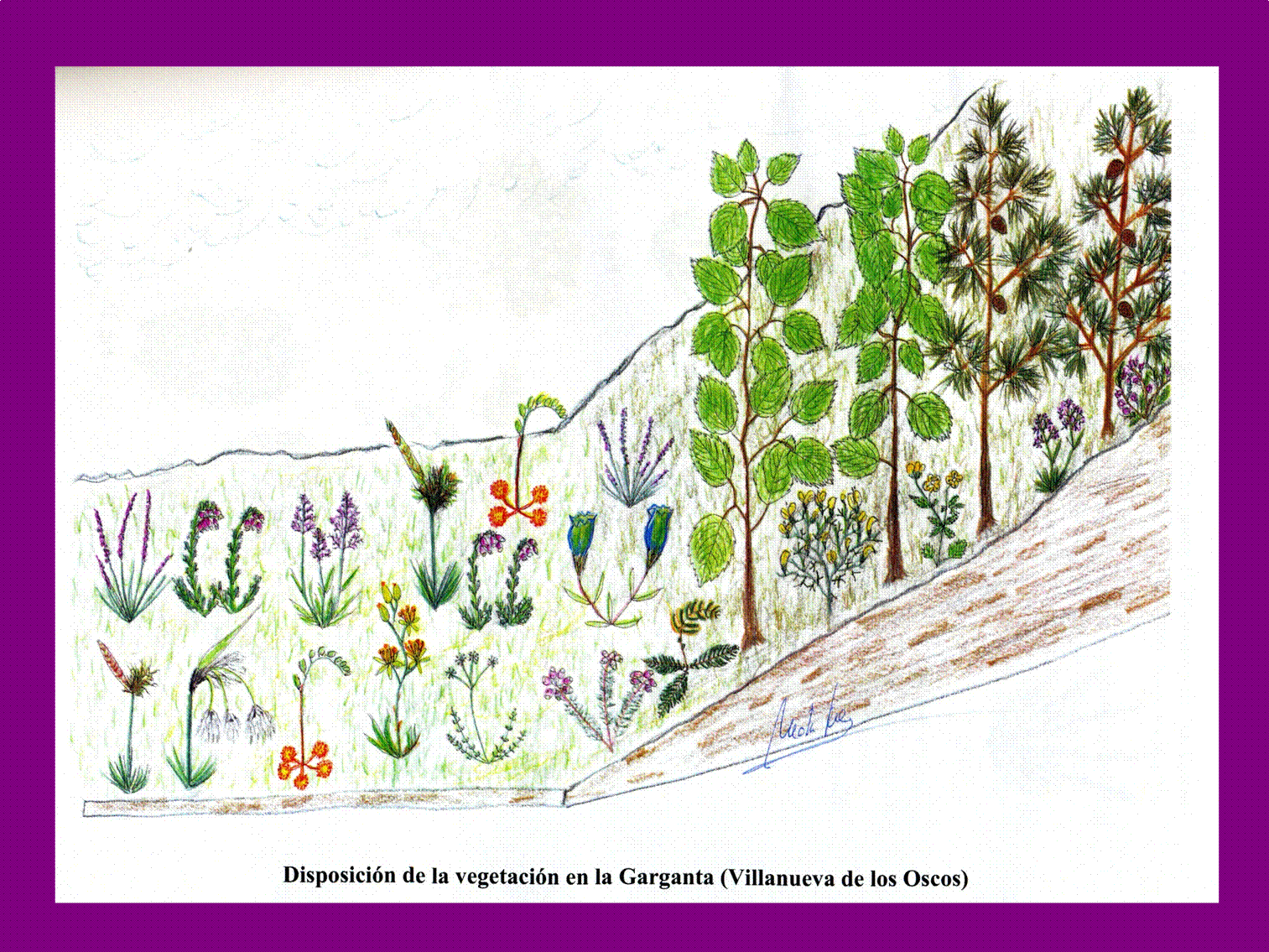
…………………………….
.
….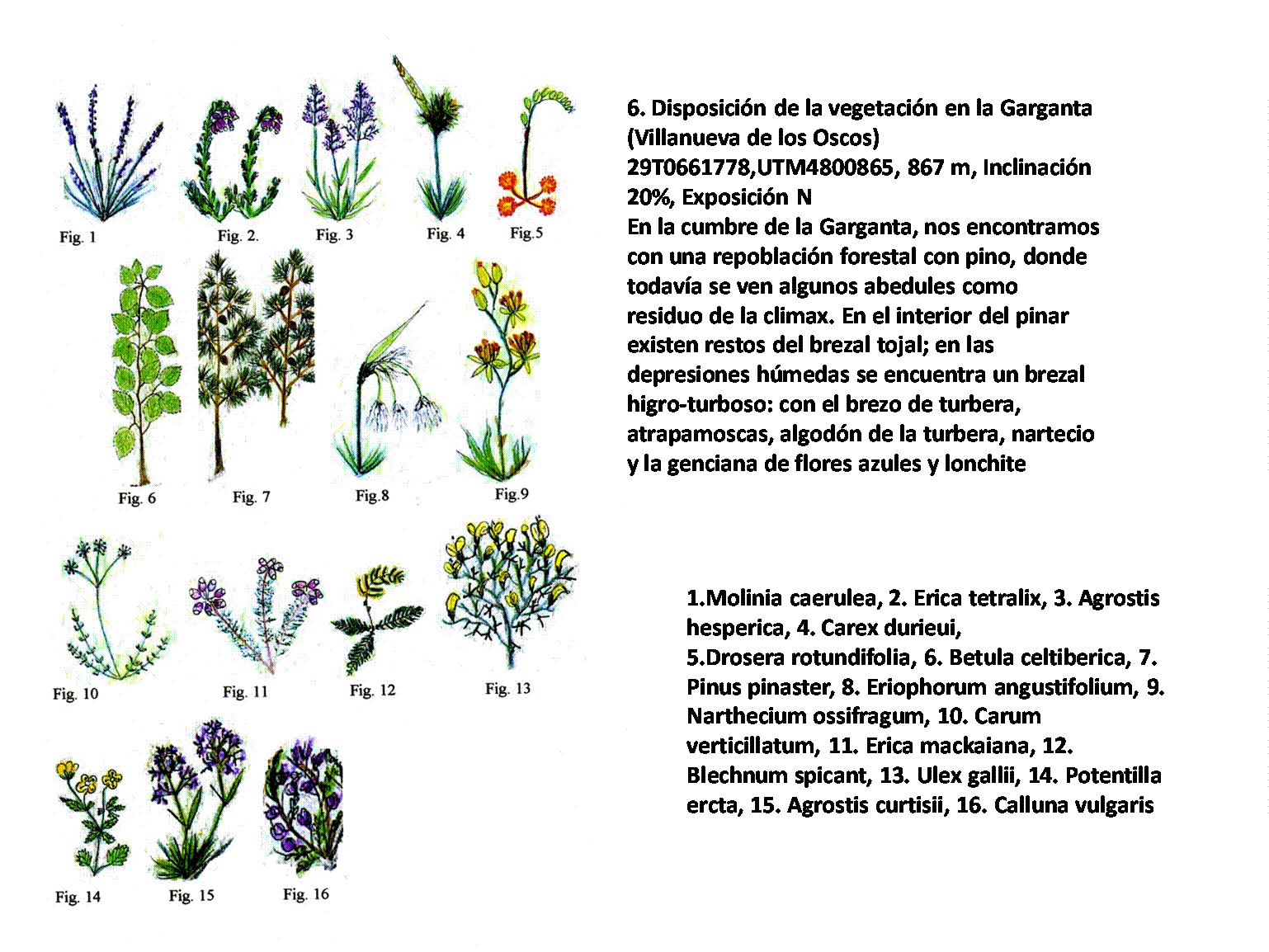
……………………..
…………….
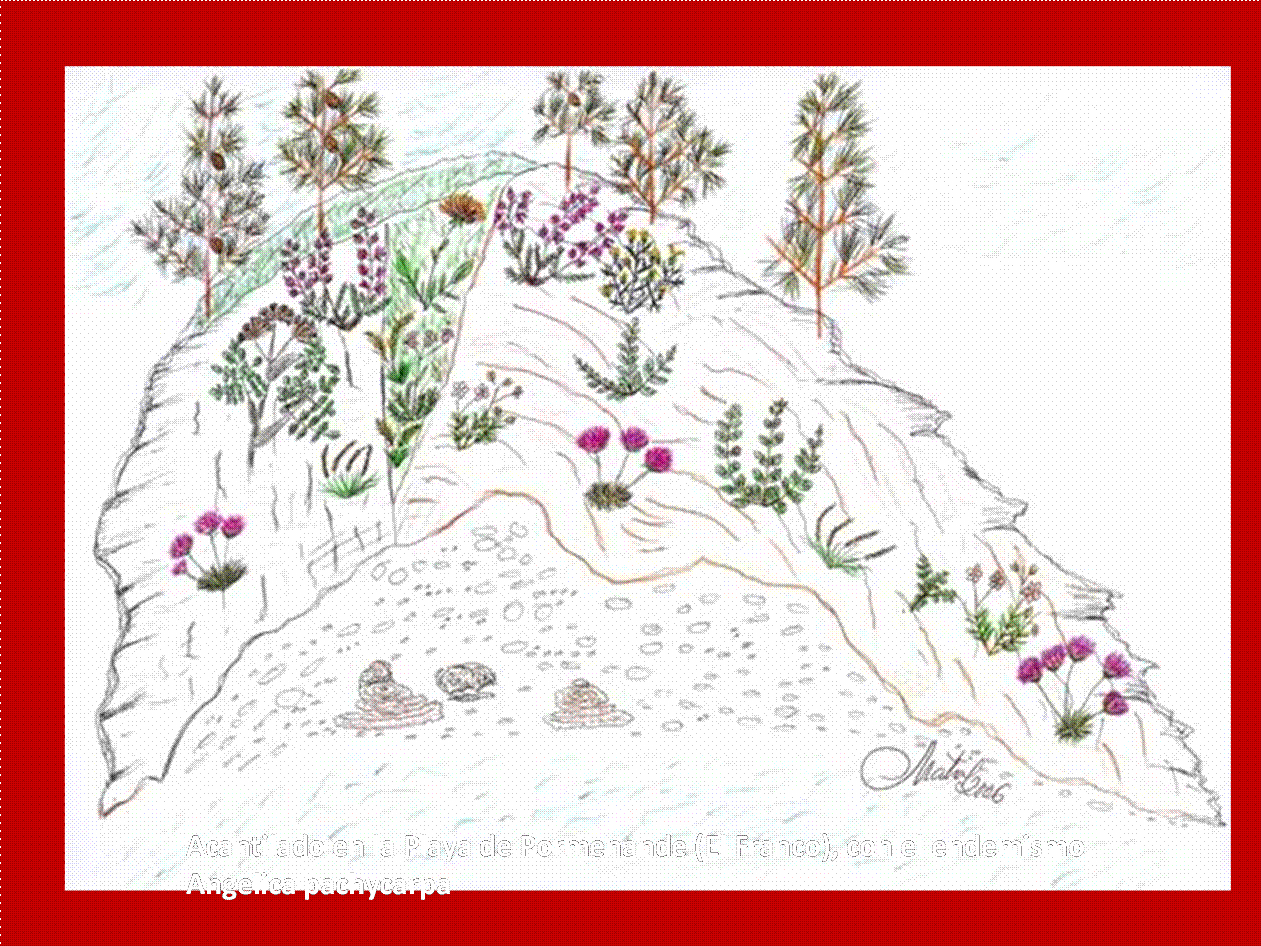
.
……………………..
……………..
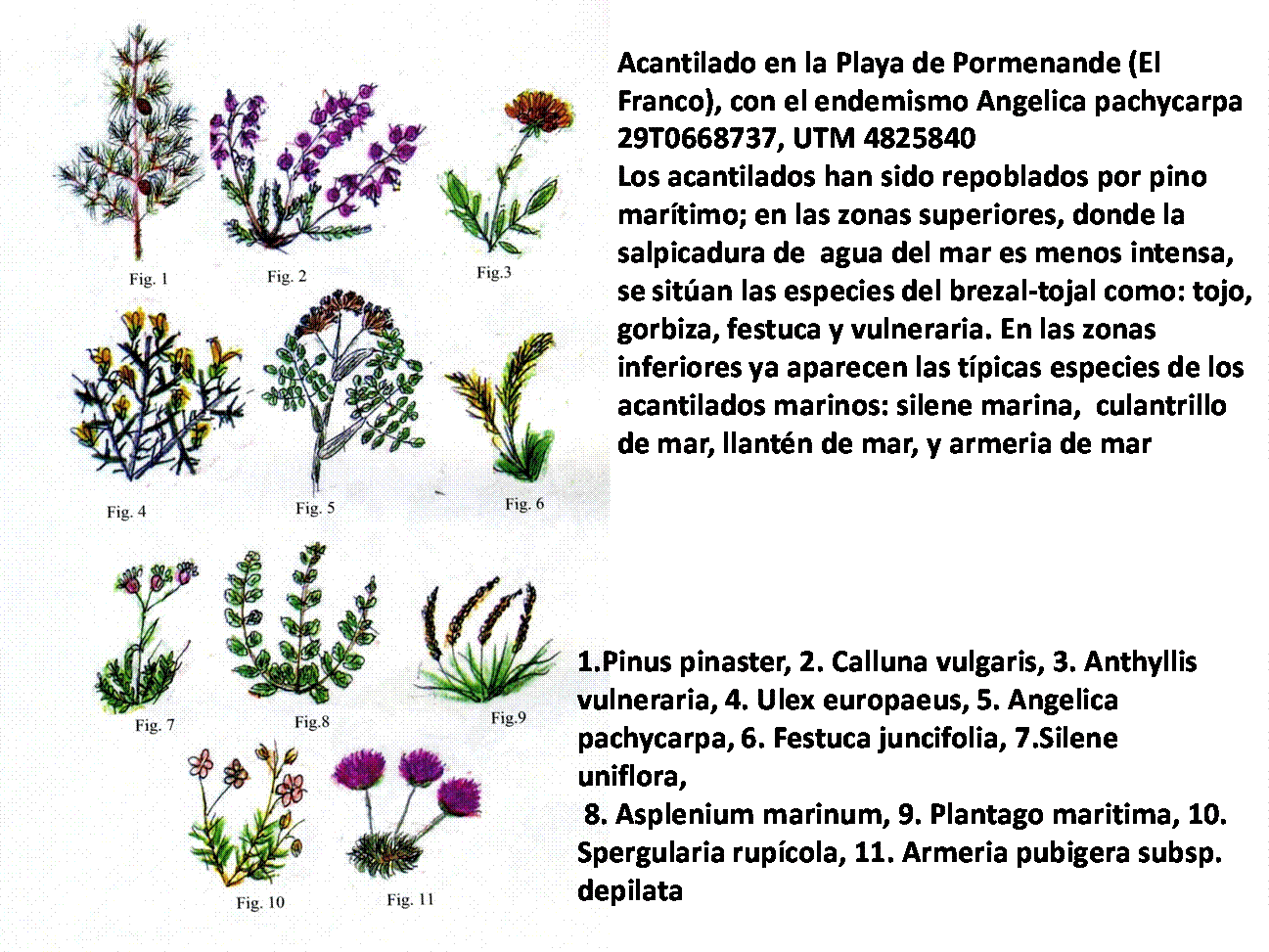
…………………….
,,,,,,,,,,,,,,,,,
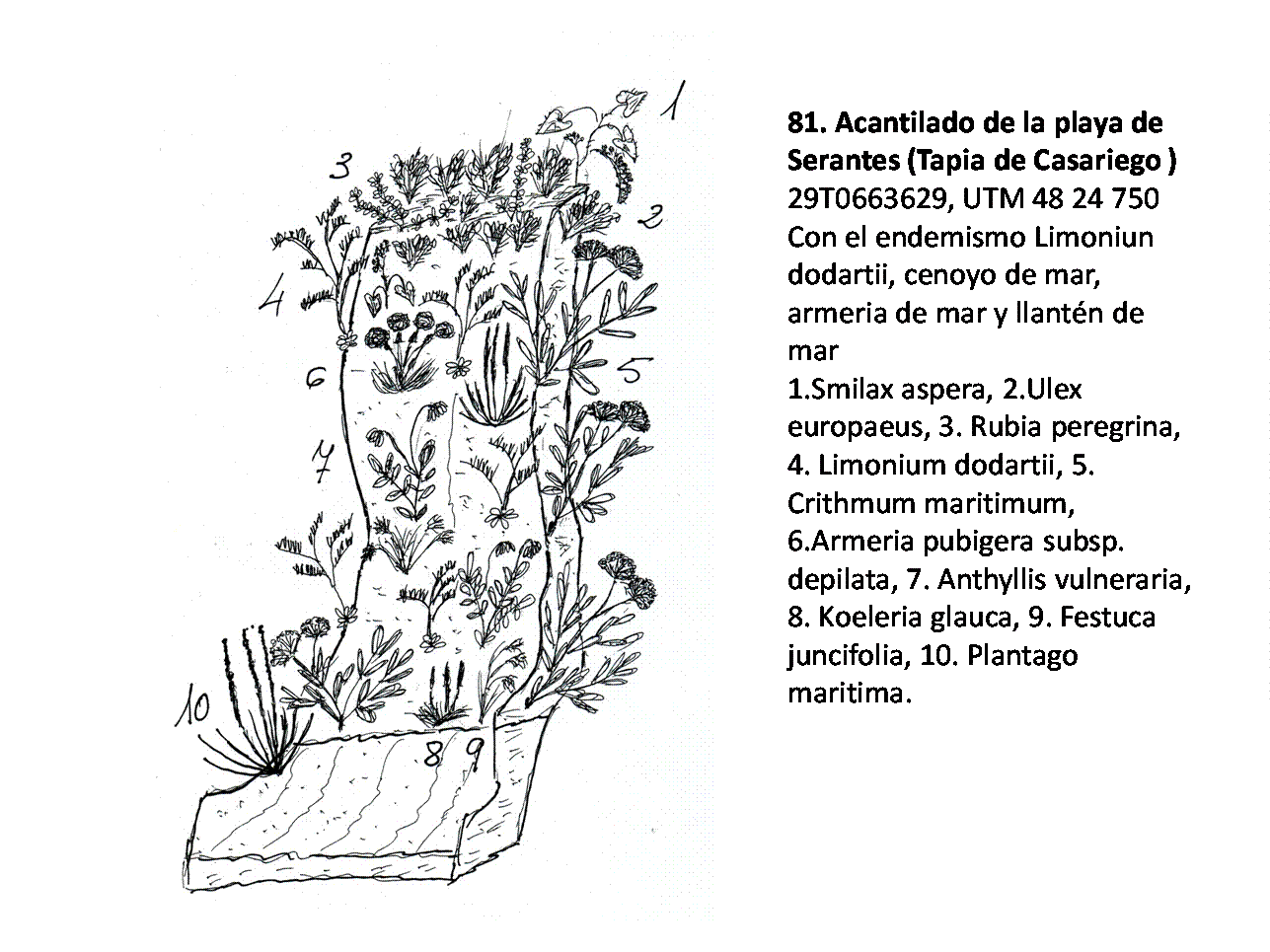
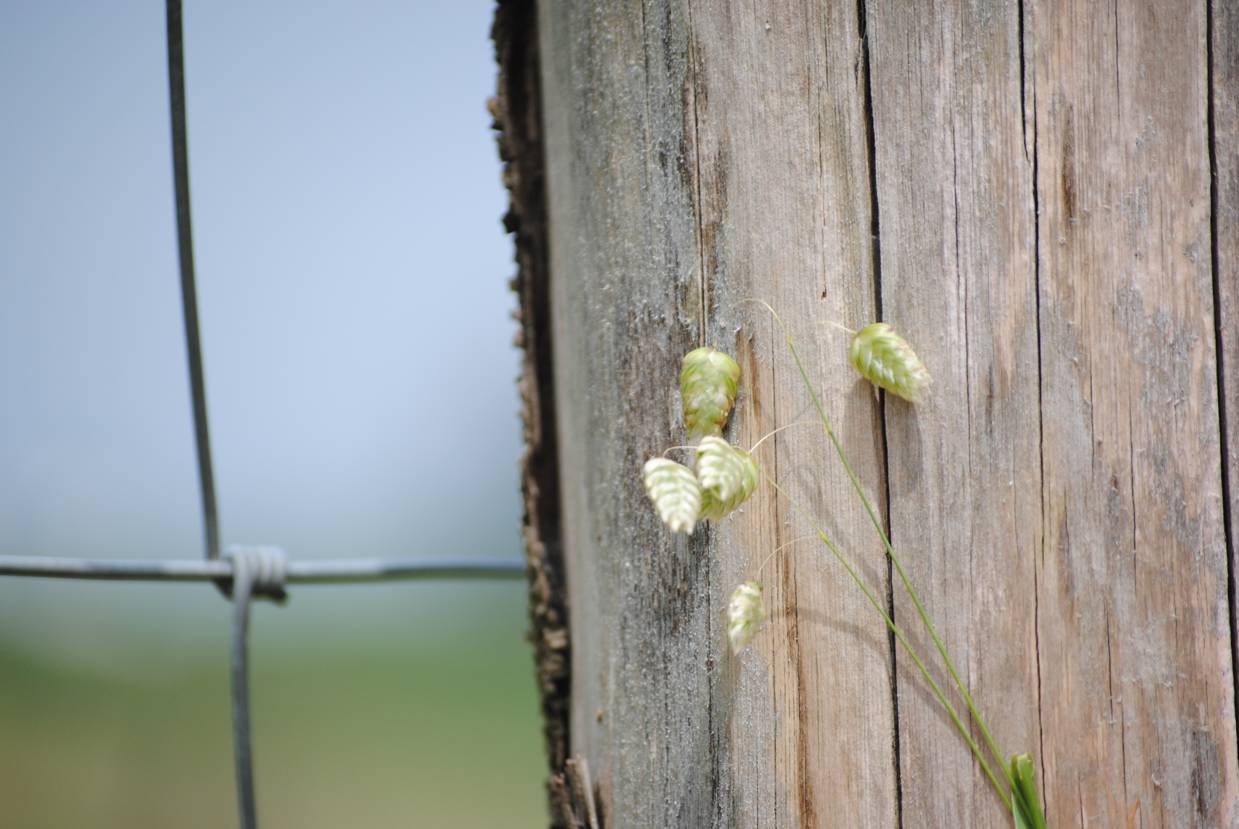 ……………..
……………..
Candelabros de la Virgen. Briz maxima
…………………
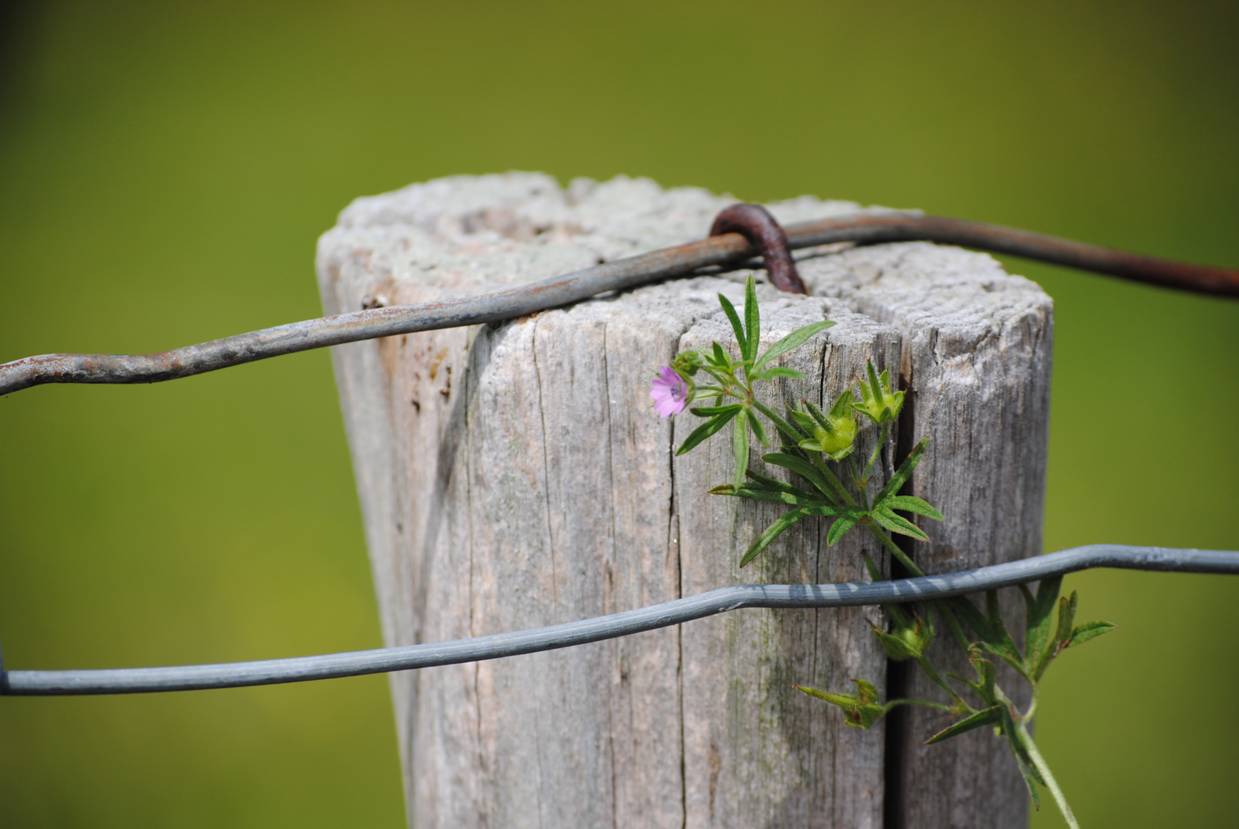 …………..
…………..
Geranio Geranium disecctum
……………………….
 ………………..
………………..
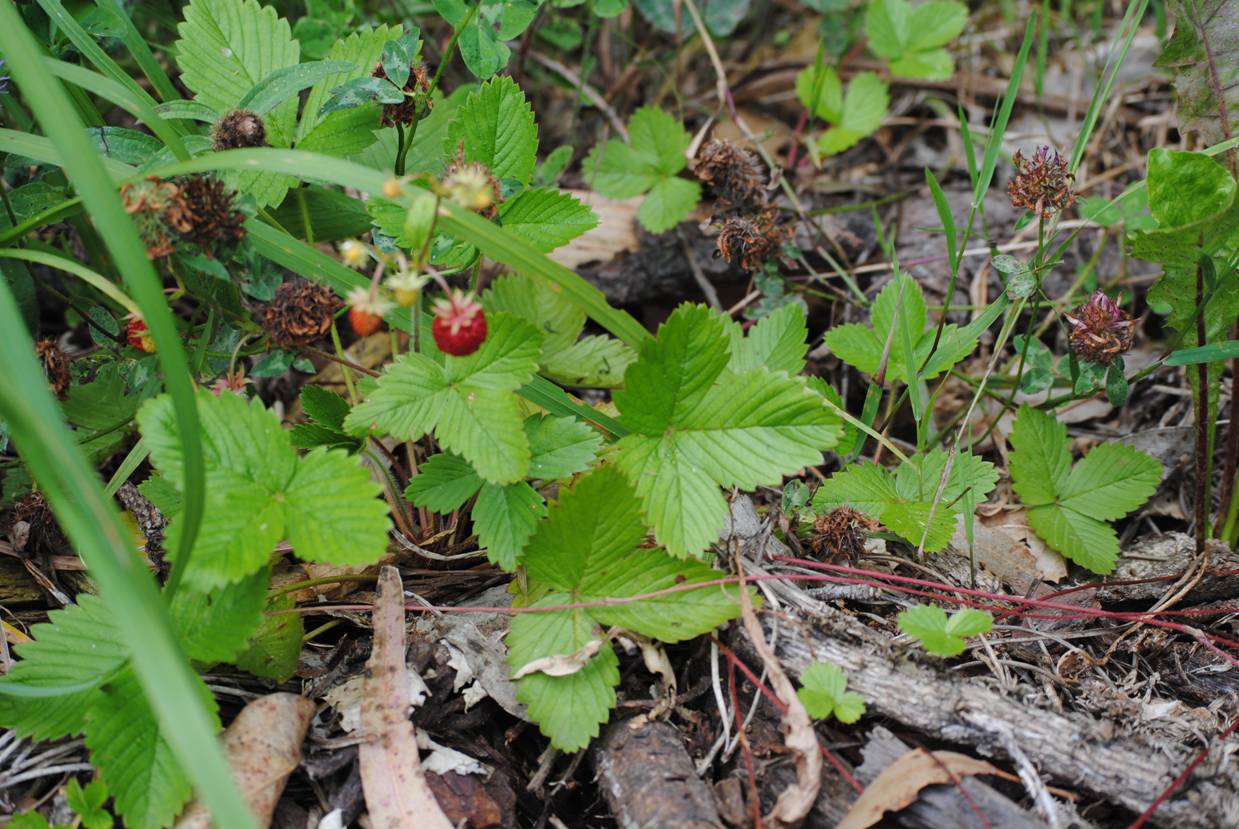 ………………..
………………..
Fresa .Fragaria vesca
………………..
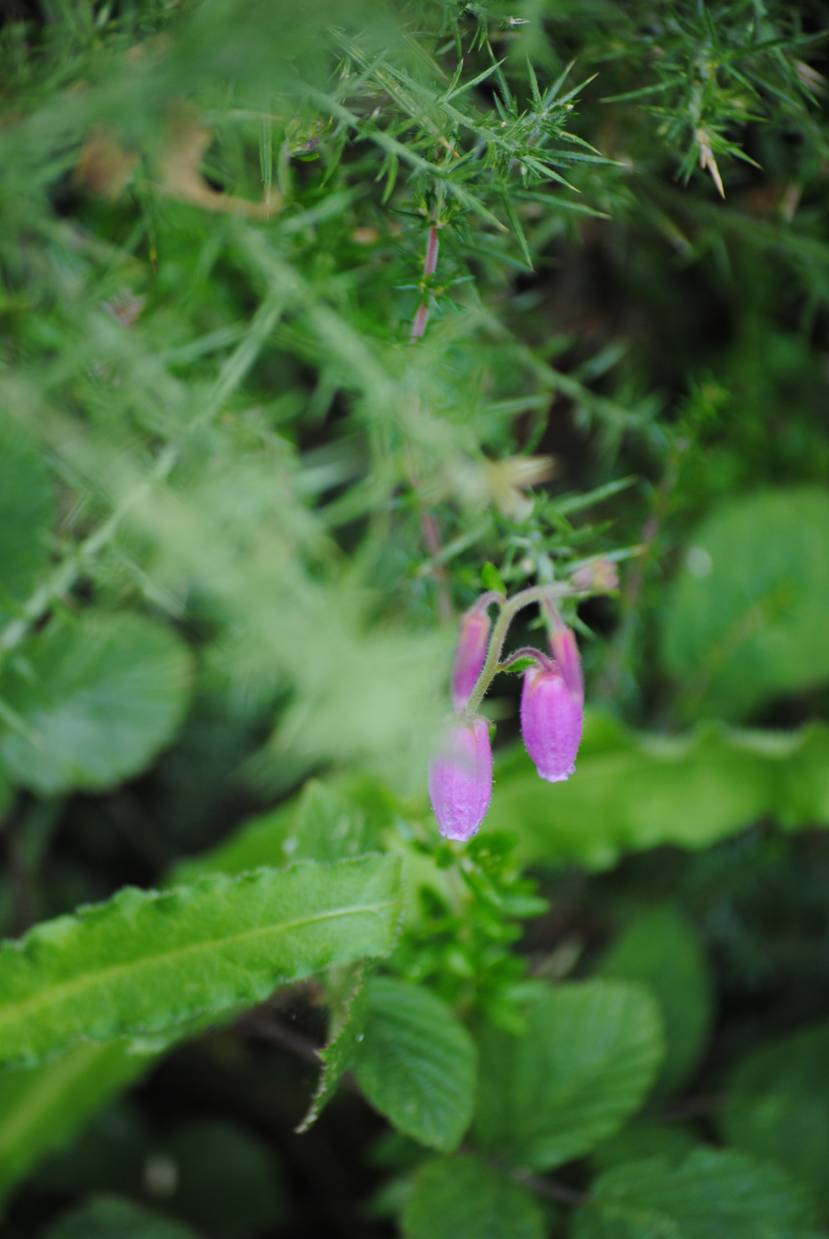 …………………………
…………………………
Brezo vizcaino.Daboecia cantabrica
……………..
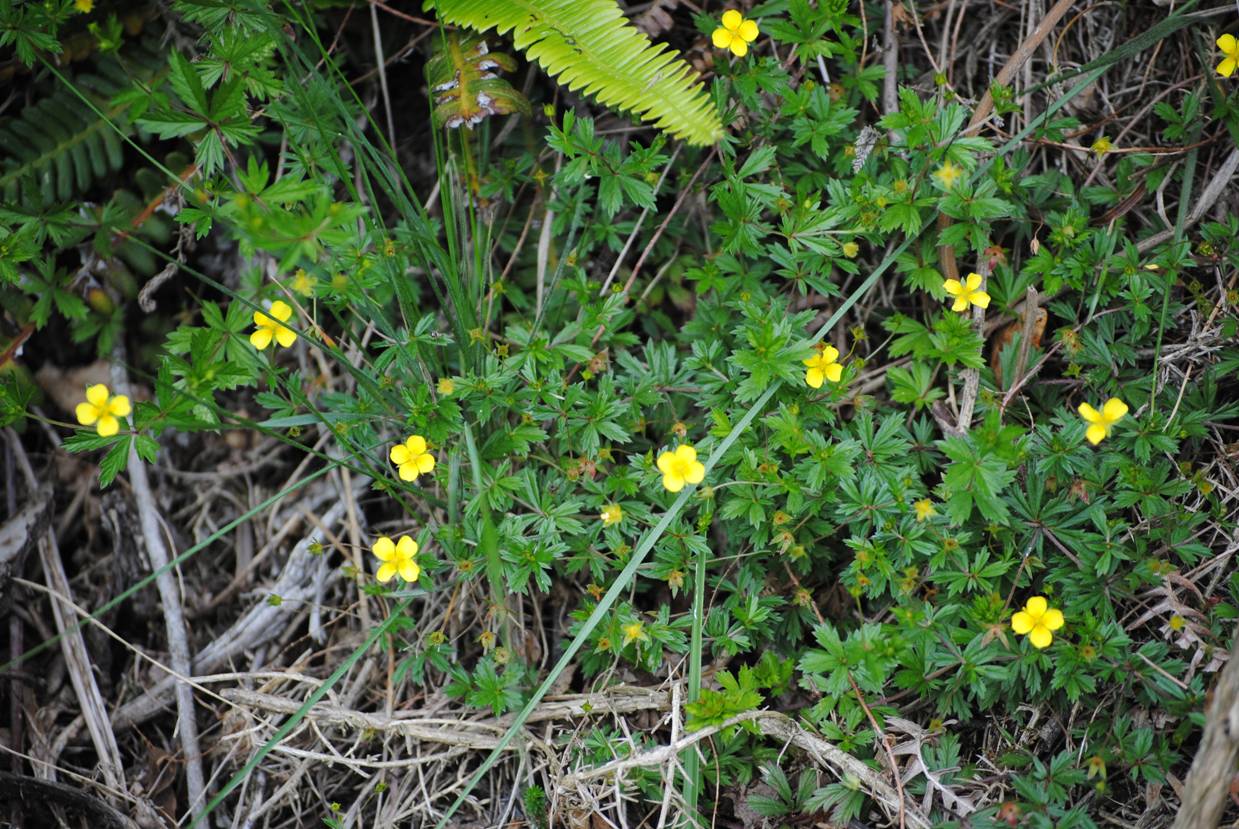 ……………
……………
Potentilla erecta
………………..
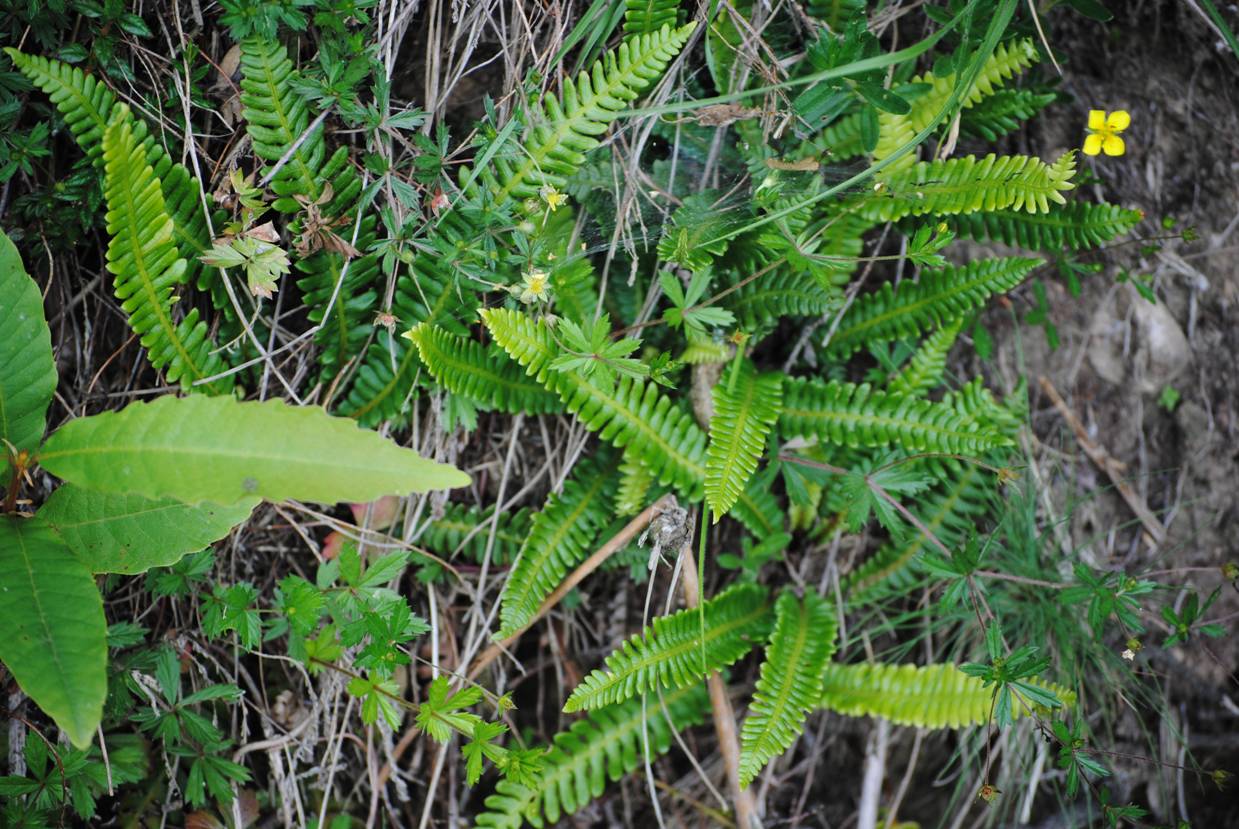 Lonchite.Blechnum spicant
Lonchite.Blechnum spicant
………….
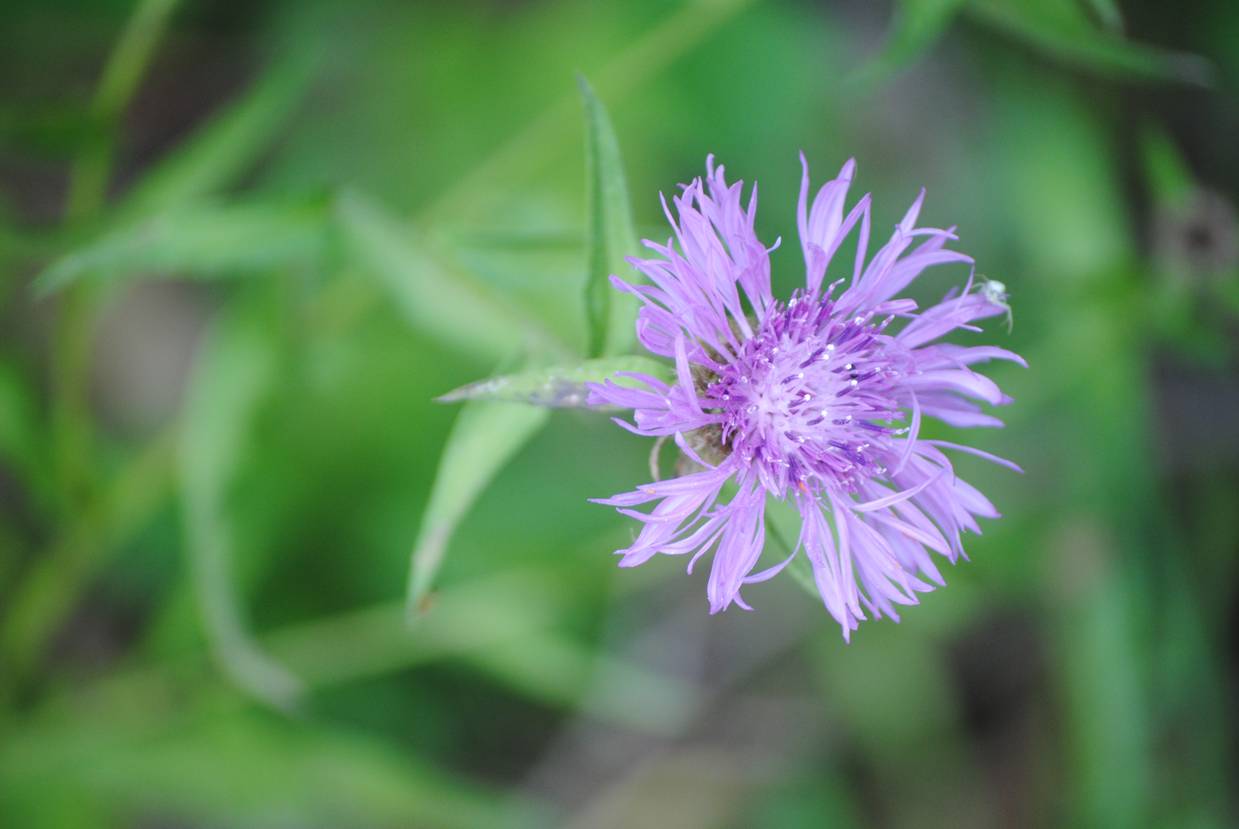 …………….
…………….
Garbansón.Centaurea nigra.
………………………………
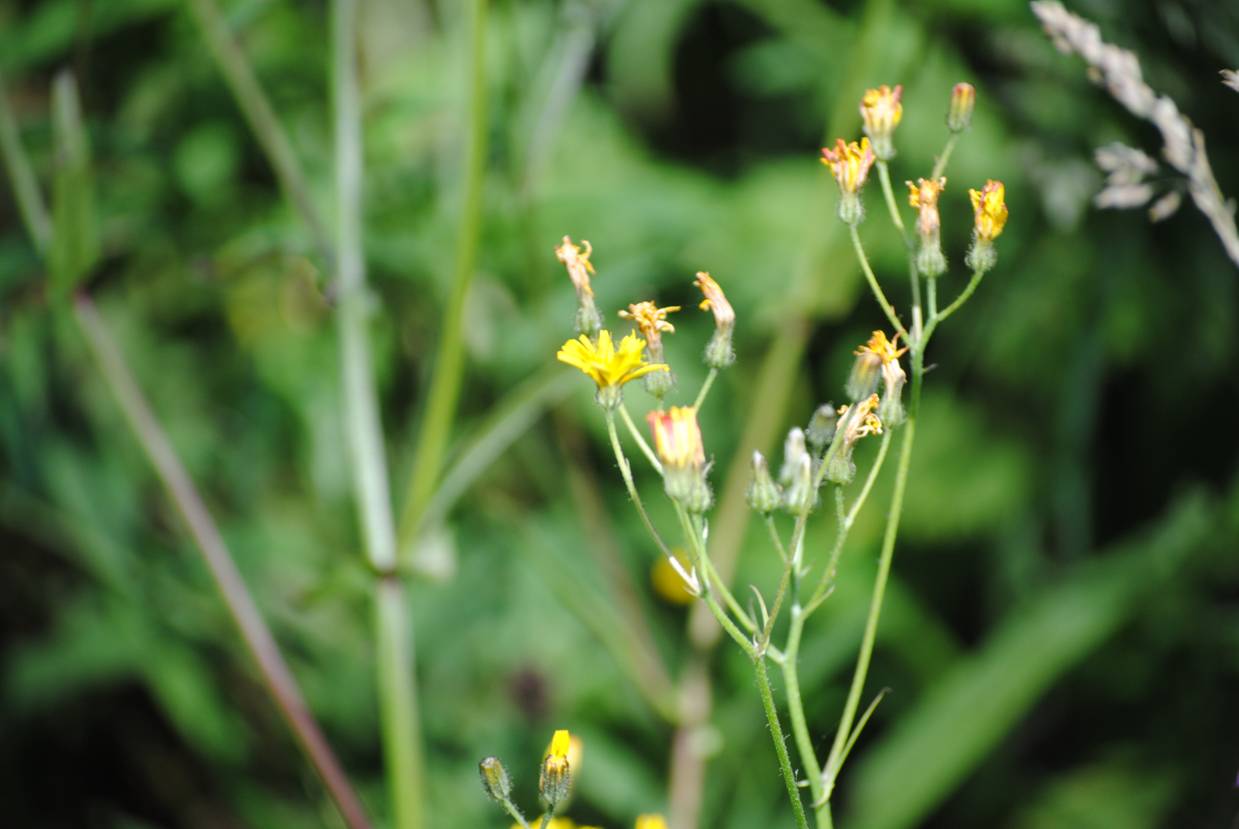 …………….
…………….
Cichoria loquilla.Crepis capillaris
……………………..
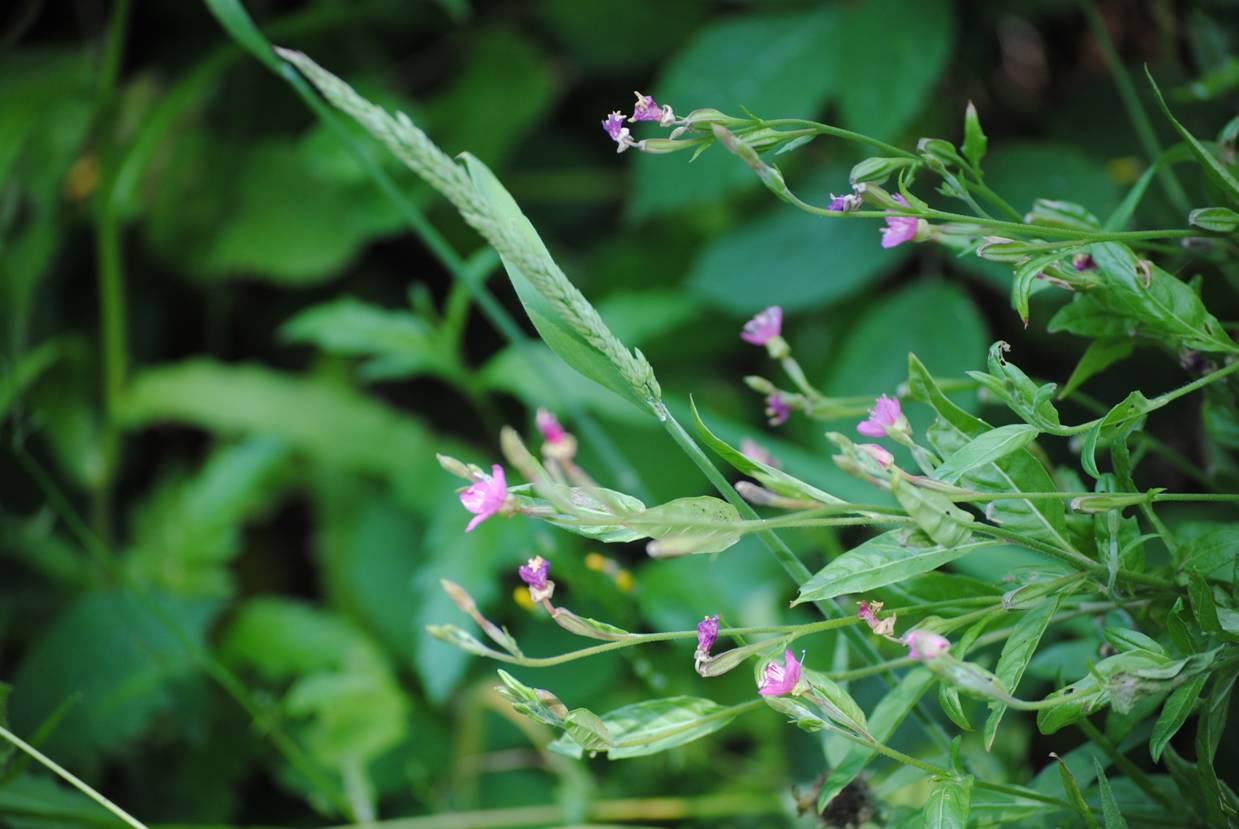 ……………
……………
Epilobium sp
……………..
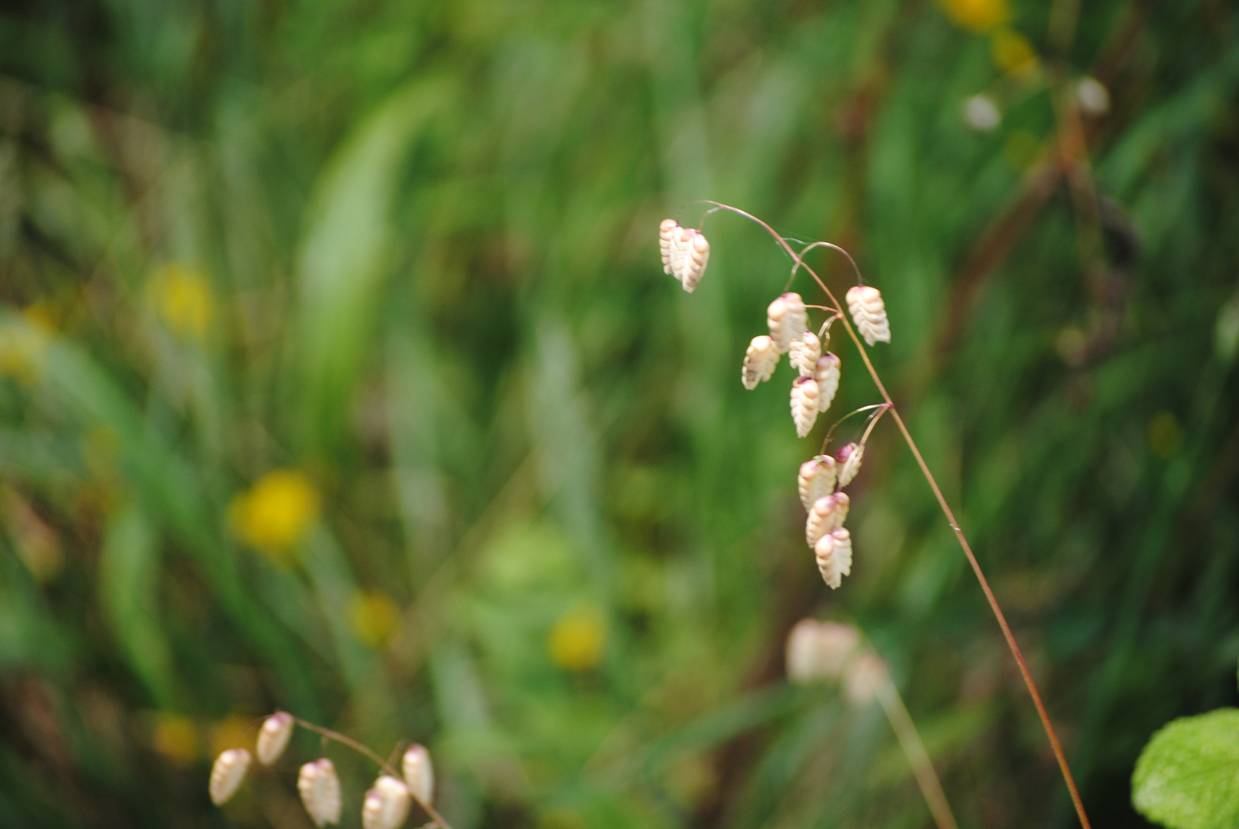 ……………….
……………….
Candelabros de la Virgen.Briza maxima
……………………..
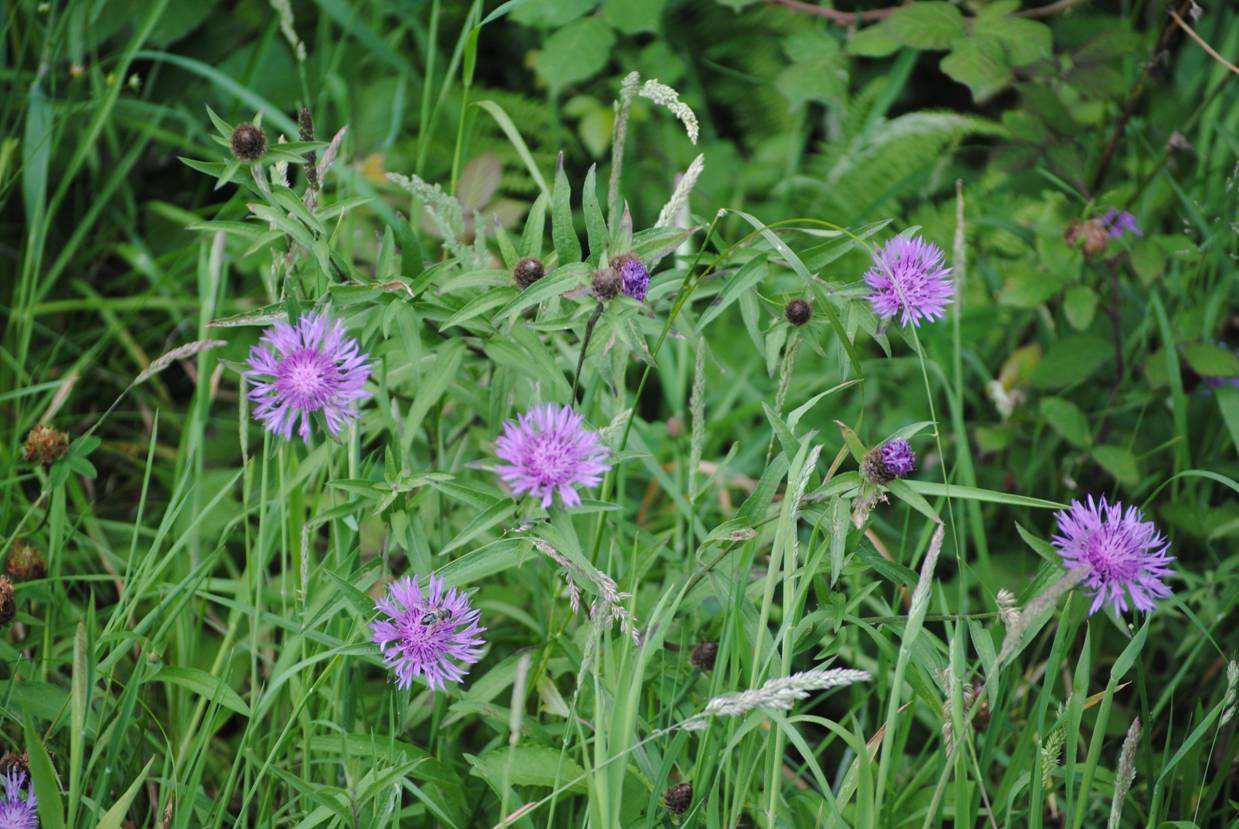 ……………..
……………..
Garbansón.Centaurea nigra.
………………..
 …………………..
…………………..
Oreopteris limbosperma
………………
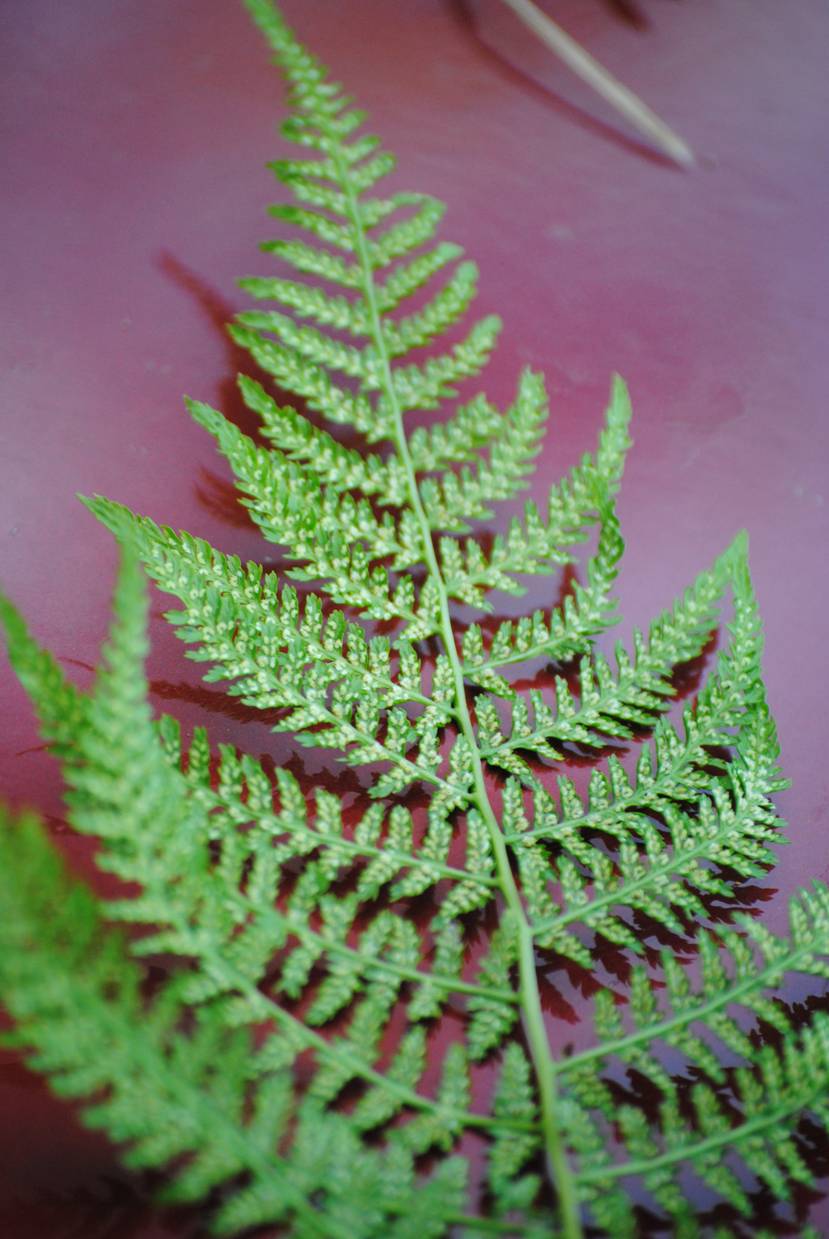
…………………
Helecho hembra .Athyriumfilix-femina
……………….
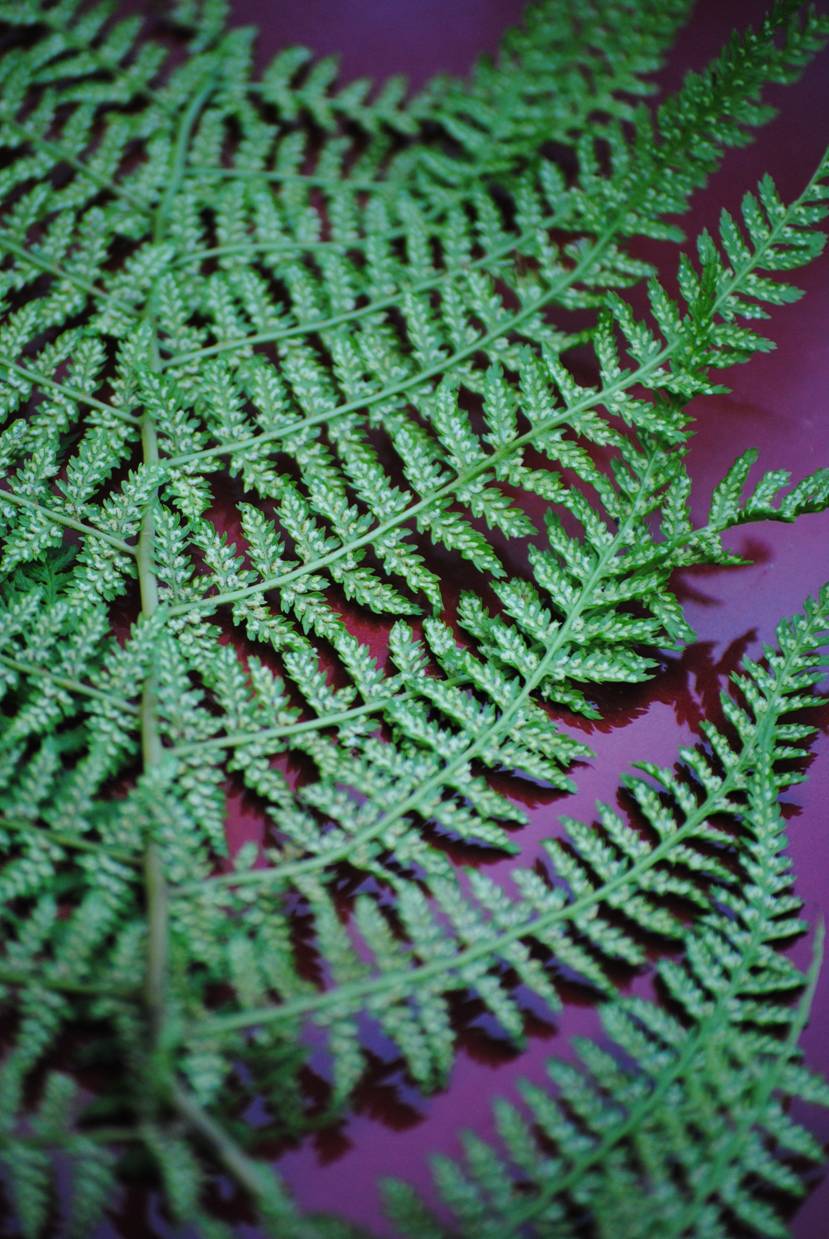
………………….
Helecho hembra .Athyriumfilix-femina
………………….
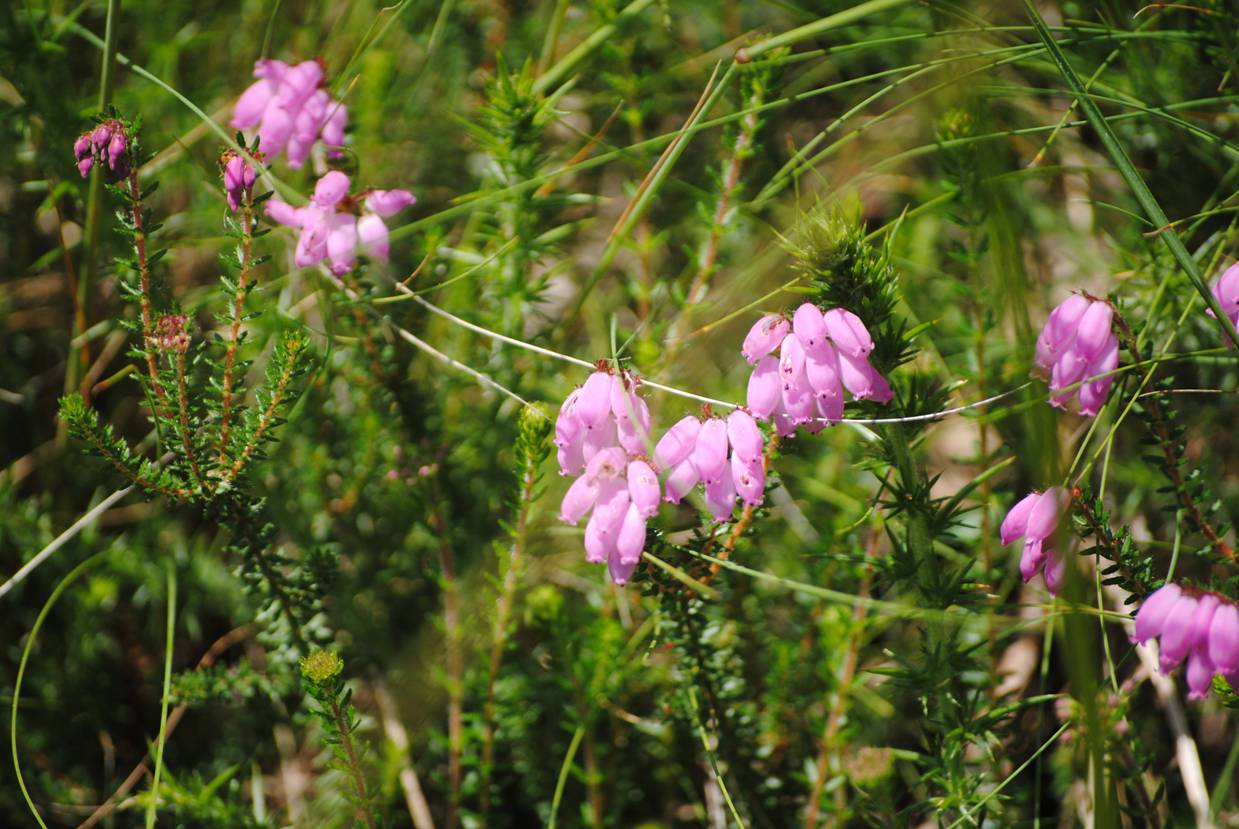 ………………….
………………….
brezo rosado
………….
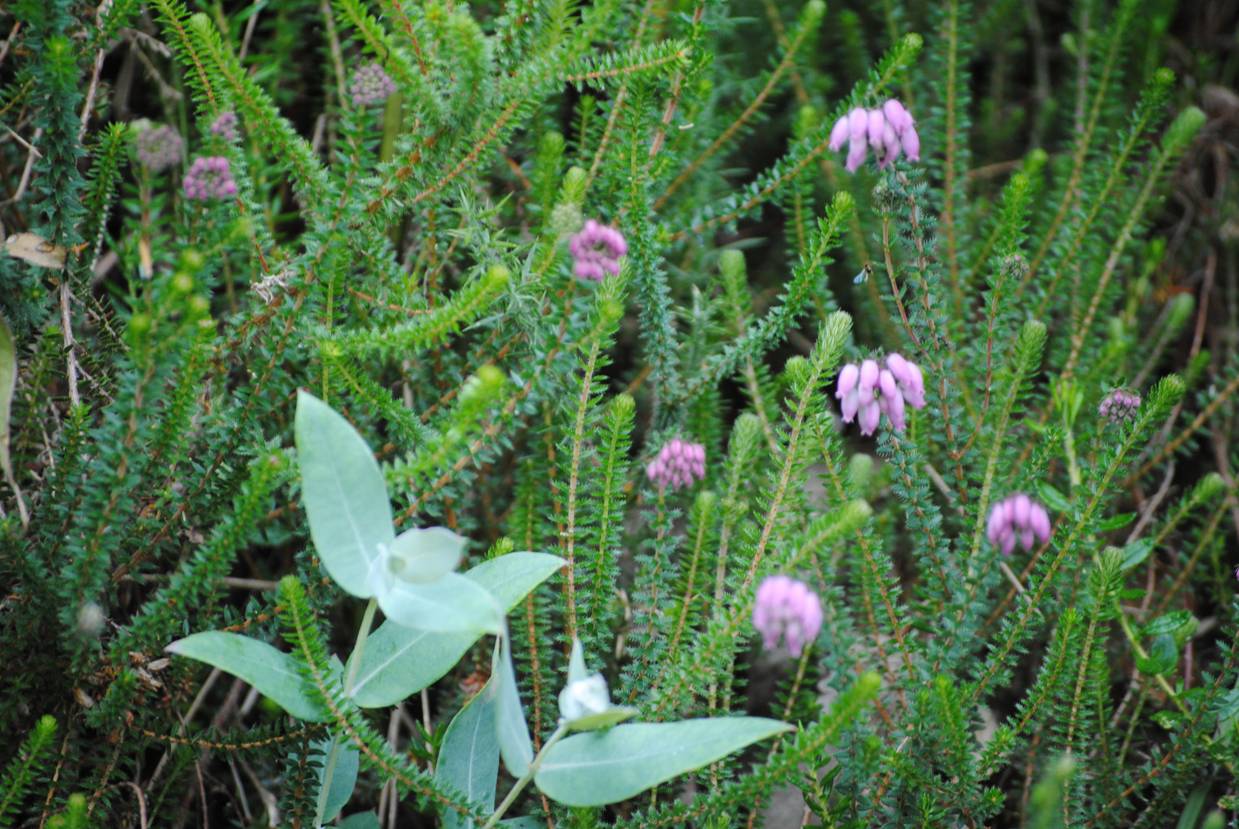 ……………….
……………….
Erica mackaiana
,…………………
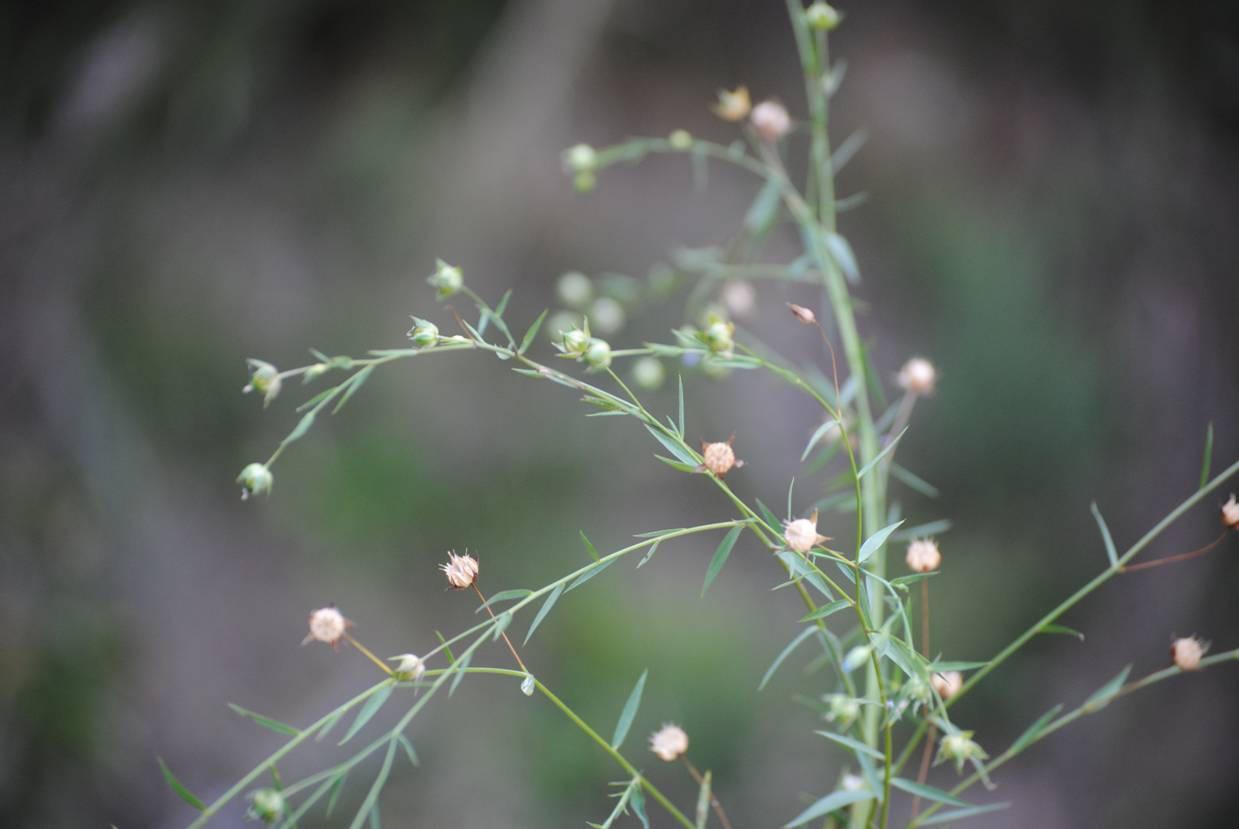 …………………………
…………………………
Linum angustifolium
……………….
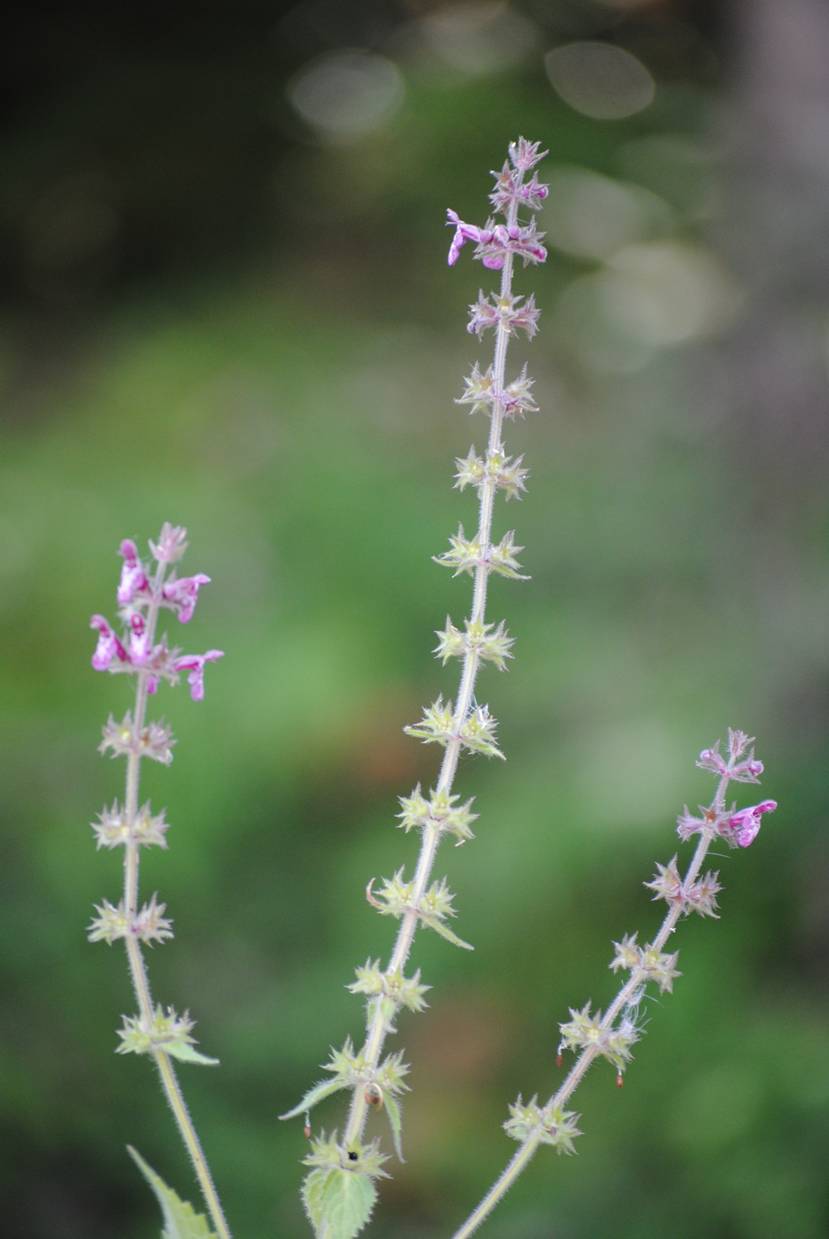 ……………..
……………..
Stachys sylvatica
…………….
 …………………
…………………
La Braña.
…………………
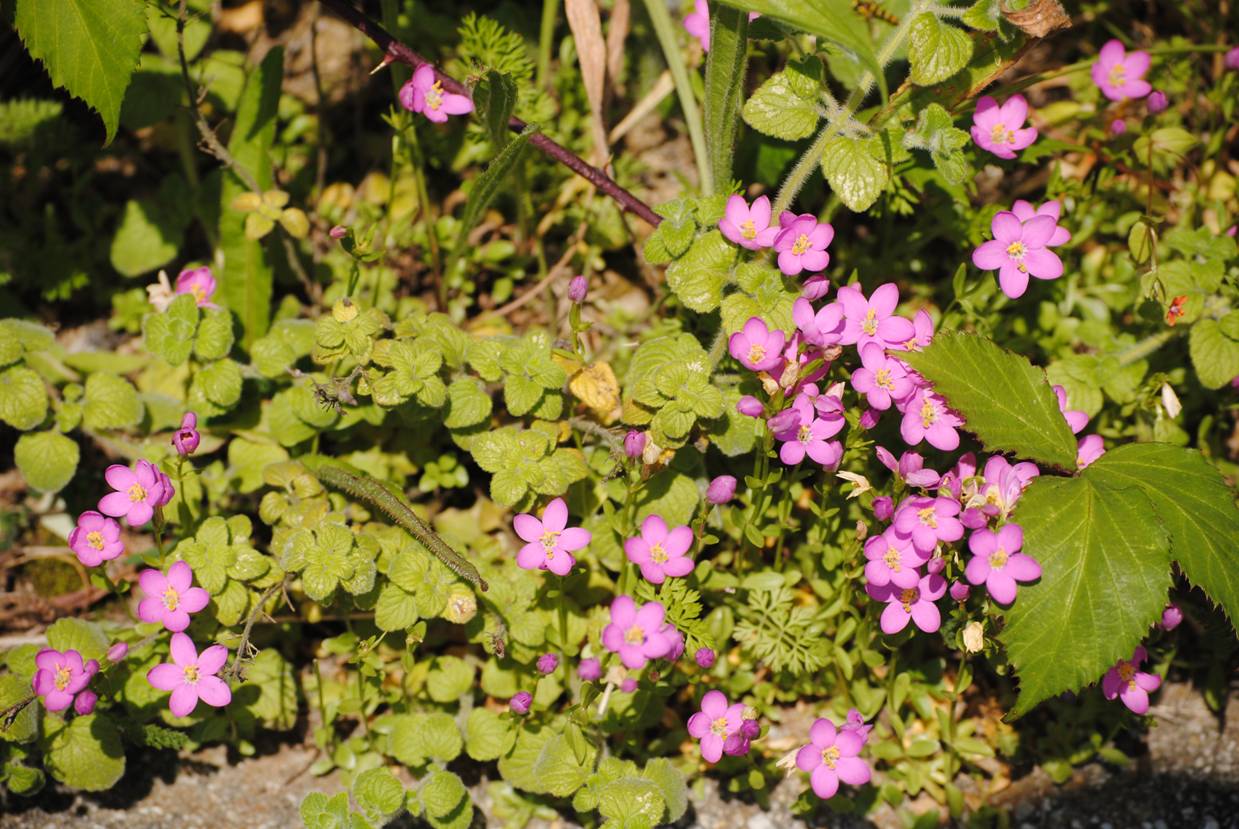 ……………
……………
Centaurium scilloides
………………….
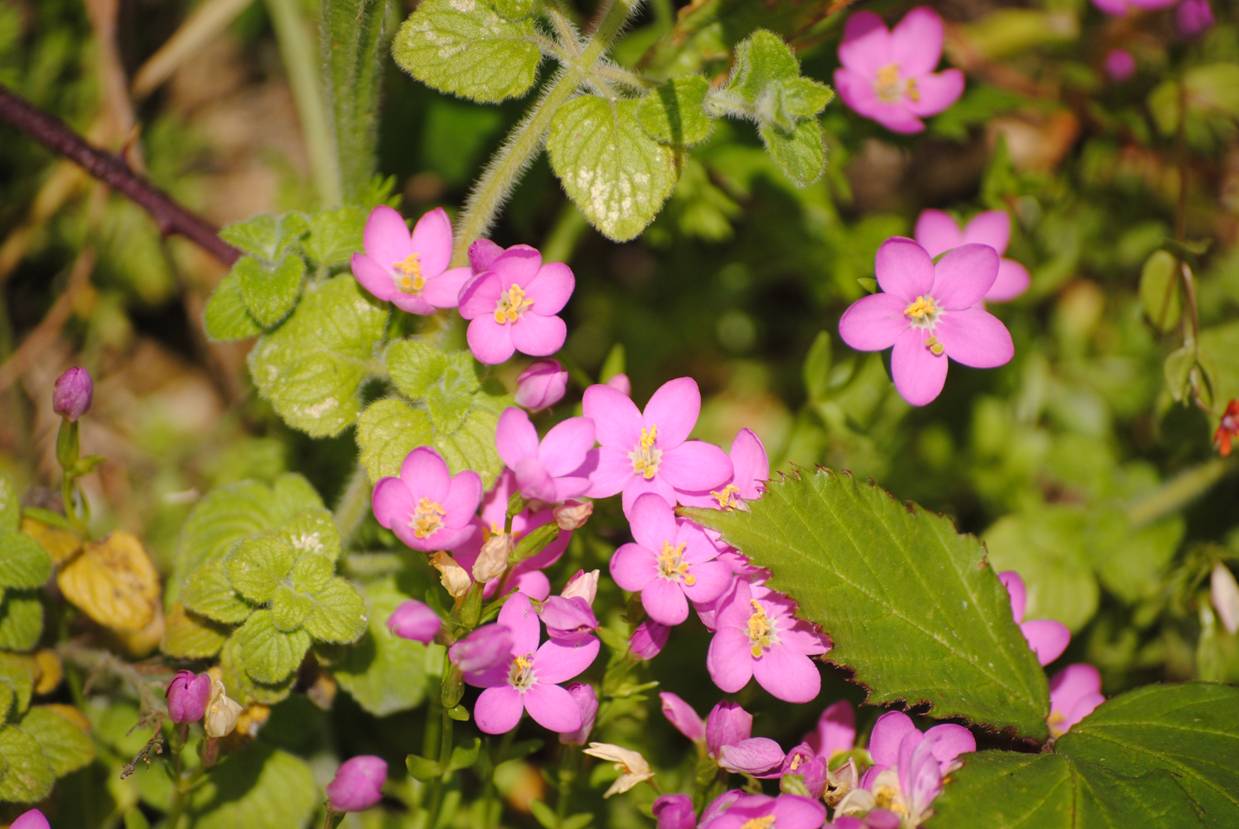 …………….
…………….
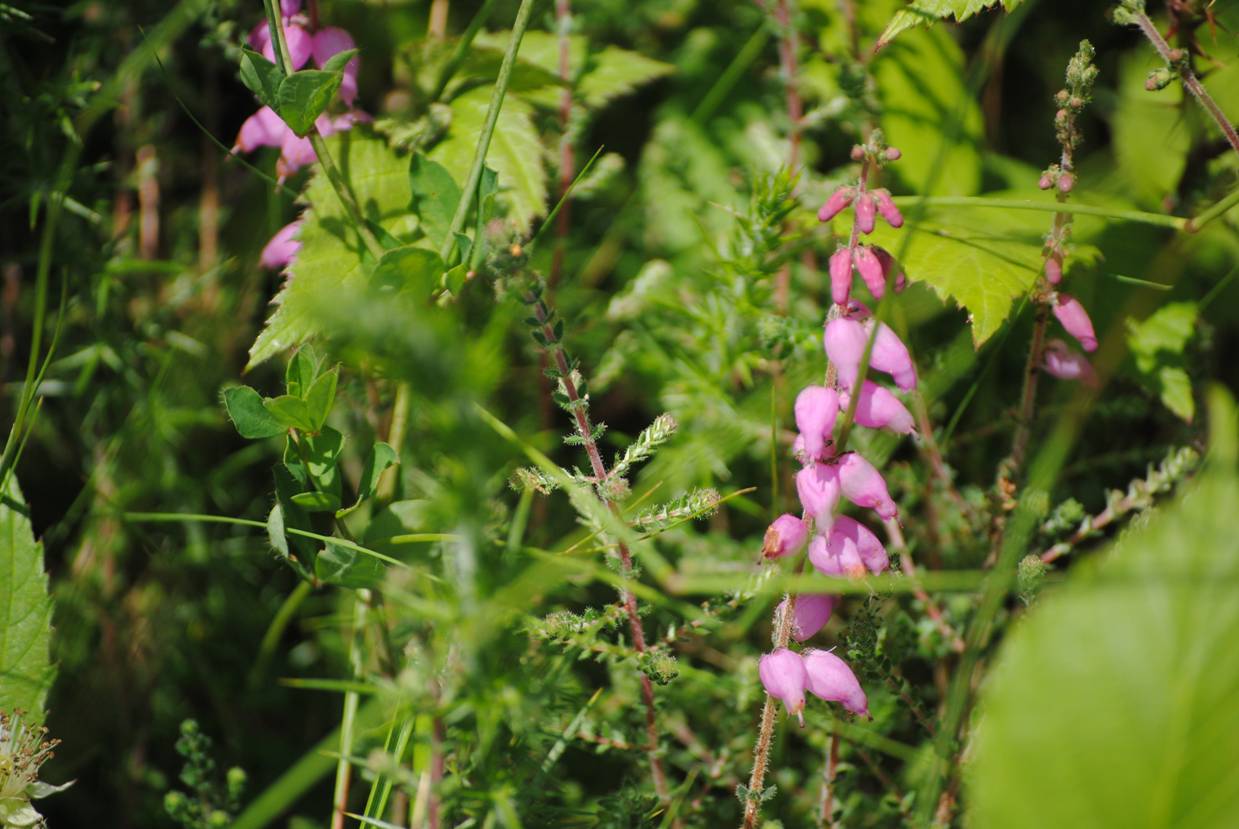 …………………
…………………
Erica ciliaris
……………….
Enviar respuesta
Páginas
- Drawings colored pencils. Dibujos lapices de colores –7,12,17
- CRISTALERIA FINA. GUILLAUME
- Drawing.Dibujos. ETNOPAISAJE.
- Reform Less Favoured Areas (LFAs)
- Brezales del Mirador Bustabernego
- . Drawings. » CORRIDA DE TOROS».BULL FIGHT .A
- .Dibujos lápices de dolores Drawings colored pencils .video29
- CANGAS DEL NARCEA.Etnopaisaje
- Drawings colored pencils. Dibujos lapices de colores –12 .2 .
- Drawings of birds.11.
- Drawings of birds.7.
- Drawings.Etnopaisaje.16
- Pastizales xerófilo-calizos.Parque Natural de Somiedo.
- . Biogeography of Spain .Teaching (enseñanzas) of Heinz Ellenberg.2 -11 17
- . Biogeography of Spain, 7.11 17. Biodiversidad de los pastizales de las altas montaña..s Ibéricas
- . Biogeography of Spain, Vegetation of Asturias and Leon (Spain) 1º.Introduction22- 11 17
- . Biogeography of Spain,Cervunales,Nardus stricta en Asturias,C,26,10 17
- . Biogeography of Spain,Los Pisos de Vegetación en la Cordillera Cantábrica,22,11,17
- . Biogeography of Spain,Parque Histórico del Navia. Carballedas y tojal-brezal27. 10-. 17
- . Biogeography of Spain,Pasture Landscapes and Nature Conservation …9,11 .17
- . Biogeography of Spain. 46.Estudio Ecológico del “Cervuno” (Nardus stricta ) en la Cordillera Cantábrica 24. 10. 17
- . Biogeography of Spain. Teaching: Vegetation ecology according to Prof.Dr. Heinz Ellenberg .23,11 17
- . Biogeography of Spain.32-Xeroacanthic formations of Iberian mountains.7, 11 .17
- . Biogeography of Spain.40.Flora y vegetación.PARQUE DEL NAVIA 17.11, 17
- . Biogeography of Spain.Bosques.Parque Natural de Somiedo 22 11 ,17,Bosques.Parque Natural de Somiedo
- . Biogeography of Spain.Brañas asturianas.11, 11 .17
- . Biogeography of Spain.Indicadores ecológicos de Heinz Ellenberg 23.11 17
- . Biogeography of Spain.Los Pisos de Vegetación en la Cordillera Cantábrica (Esquemas
- . Biogeography of Spain.Paisajes de Asturias. 1º.Landscapes of Asturias …7 .11,17
- . Biogeography of Spain.POORE, M. E. D. Etnopaisaje.9,11 17…….
- . Biogeography of Spain.Vegetation ecology. Spain 3. FITOPOGRAFIA 15 .11. 17
- . Biogeography of Spain.Vegetation geography of Spain 7. 11.17
- . Biogeography of Spain.XIV International botanical congress.Berlin.25, 11. 17
- . Biogeographyof Spain.45,cespedes discontinuos en la Cordillera Cantabrica 24. 10, 17
- . Dibujos de ermitas.Drawings of hermitages. 10.
- . Dibujos lápices de colores. Dibujos lapices de colores, vídeo,22,7 16
- . Dibujos lápices de dolores Drawings colored pencils .20
- . Dibujos lápices de dolores Drawings colored pencils .video22
- . Dibujos lápices de dolores.Drawings colored pencils
- . Dibujos lápices de dolores.Drawings colored pencils.2
- . Dibujos lápices de dolores.Drawings colored pencils.3
- . Dibujos lápices de dolores.Drawings colored pencils.4
- . Dibujos lápices de dolores.Drawings colored pencils.5
- . Dibujos lápices de dolores.Drawings colored pencils.6
- . Dibujos lápices de dolores.Drawings colored pencils.7
- . Dibujos lápices de dolores.Drawings colored pencils.8
- . Drawing. ” Corridas de toros”.bull fight .X
- . Drawings Dogs 3.
- . Drawings Dogs 5.
- . Drawings dogs. 4
- . Drawings Dogs 2.
- . Drawings Dogs 1.
- . Drawings colored pencils .1.11.15
- . Drawings colored pencils .11.11.15
- . Drawings colored pencils .15.11.15
- . Drawings colored pencils .18.11.15
- . Drawings colored pencils .26.11.15
- . Drawings colored pencils .27.11.15
- . Drawings colored pencils .29.10.15
- . Drawings colored pencils .3.11.15
- . Drawings colored pencils .3.12.15
- . Drawings colored pencils .30.10.15
- . Drawings colored pencils .31.10.15
- . Drawings colored pencils .4.11.15
- . Drawings colored pencils .5.11.15
- . Drawings colored pencils .5.12.15
- . Drawings colored pencils .6.11.15
- . Drawings colored pencils .7.11.15
- . Drawings colored pencils .8.11.15
- . Drawings colored pencils .video 40
- . Drawings colored pencils .video 42
- . Drawings colored pencils .video 43
- . Drawings colored pencils .video 45
- . Drawings colored pencils .video 46
- . Drawings colored pencils .video 47
- . Drawings colored pencils .video 48
- . Drawings colored pencils .video 48
- . Drawings colored pencils .video 49
- . Drawings colored pencils .video 51
- . Drawings colored pencils .video 53
- . Drawings colored pencils .video 54
- . Drawings colored pencils .video 55
- . Drawings colored pencils .video 56
- . Drawings colored pencils .video 56
- . Drawings colored pencils .video 57
- . Drawings colored pencils .video 58
- . Drawings colored pencils .video 59
- . Drawings colored pencils .video26
- . Drawings colored pencils .video33
- . Drawings colored pencils .video34
- . Drawings colored pencils .video35
- . Drawings colored pencils .video39
- . Drawings colored pencils 10.12.15
- . Drawings colored pencils 12.1.16
- . Drawings colored pencils 13.12.15
- . Drawings colored pencils 19.1.16
- . Drawings colored pencils 29.12.15
- . Drawings colored pencils. 16.2.16
- . Drawings colored pencils. 30.1.16
- . Drawings colored pencils. 12.3 .16
- . Drawings colored pencils. 25.2.16
- . Drawings colored pencils. 26.3. 16.
- . Drawings colored pencils. Dibujos lapices de colores ,video , 8.7.16
- . Drawings colored pencils. Dibujos lapices de colores -10,10.16
- . Drawings colored pencils. Dibujos lapices de colores – ..23.8.6 –
- . Drawings colored pencils. Dibujos lapices de colores – 18.7.16.
- . Drawings colored pencils. Dibujos lapices de colores – 24,9.16 –
- . Drawings colored pencils. Dibujos lapices de colores ,video , 14.7.16
- . Drawings colored pencils. Dibujos lapices de colores ,video , 26.7.16..
- . Drawings colored pencils. Dibujos lapices de colores ,video , 9.8,8.16..
- . Drawings colored pencils. Dibujos lapices de colores .5.5.16
- . Drawings colored pencils. Dibujos lapices de colores 1.10.16
- . Drawings colored pencils. Dibujos lapices de colores 11 .11. 16
- . Drawings colored pencils. Dibujos lapices de colores 15.11.16
- . Drawings colored pencils. Dibujos lapices de colores 17,4.16
- . Drawings colored pencils. Dibujos lapices de colores 2.11.16
- . Drawings colored pencils. Dibujos lapices de colores 27.,6,16
- . Drawings colored pencils. Dibujos lapices de colores 2o.10.16
- . Drawings colored pencils. Dibujos lapices de colores video 22,6,16
- . Drawings colored pencils. Dibujos lapices de colores,20,6 .16
- . Drawings colored pencils. Dibujos lapices de colores,7,6. 2016
- . Drawings of birds.12.
- . Drawings of birds.13.
- . Drawings of birds.14.
- . Drawings of birds.2
- . Drawings of birds.3
- . Drawings of birds.4.
- . Drawings of birds.5.
- . Drawings of birds.6.
- . Drawings of birds.8.
- . Drawings of birds.9.
- . Drawings of birds.Dibujos de aves
- . Drawings of cats. 1
- . Drawings of cats. 2
- . Drawings of cats. 3
- . Drawings of cats. 4
- . Drawings of hermitages. 2.
- . Drawings of hermitages. 3.
- . Drawings of hermitages. 4.
- . Drawings of hermitages. 5.
- . Drawings of hermitages. 6.
- . Drawings of hermitages. 7.
- . Drawings of hermitages. 8.
- . Drawings of hermitages.Por Matías Mayor
- . Drawings of horses. Dibujos de caballos.1
- . DRAWINGS. ” CORRIDA DE TOROS”.BULL FIGHT .F
- . DRAWINGS. ” CORRIDA DE TOROS”.BULL FIGHT .G
- . DRAWINGS. ” CORRIDA DE TOROS”.BULL FIGHT .H
- . DRAWINGS. ” CORRIDA DE TOROS”.BULL FIGHT .I
- . DRAWINGS. ” CORRIDA DE TOROS”.BULL FIGHT .J
- . DRAWINGS. ” CORRIDA DE TOROS”.BULL FIGHT .K
- . DRAWINGS. ” CORRIDA DE TOROS”.BULL FIGHT .L
- . DRAWINGS. ” CORRIDA DE TOROS”.BULL FIGHT .M
- . DRAWINGS. ” CORRIDA DE TOROS”.BULL FIGHT .N
- . DRAWINGS. ” CORRIDA DE TOROS”.BULL FIGHT .O
- . DRAWINGS. ” CORRIDA DE TOROS”.BULL FIGHT .P
- . Drawings.Etnopaisaje.12
- . Drawings.Etnopaisaje.13
- . Drawings.Etnopaisaje.14
- . Drawings.Etnopaisaje.15
- …Drawings colored pencils. Dibujos lapices de colores 2017a
- .Barrios de Luna.Etnopaisaje
- .Dibujos lápices de dolores .video30
- .Drawings colored pencils .video 41
- .Drawings colored pencils .video 52 –
- .Drawings colored pencils .video34
- .Drawings colored pencils .video37
- .Drawings colored pencils .video38
- .Drawings colored pencils.video33
- .Drawings of hermitages. 9.
- .Drawings of horses. Dibujos de caballos.2
- .Drawings of horses. Dibujos de caballos.3
- .Drawings. » CORRIDA DE TOROS».BULL FIGHT .B
- .Drawings. » CORRIDA DE TOROS».BULL FIGHT .C
- .drawings. ” corrida de toros”.bull fight .d
- .Drawings.Etnopaisaje.1
- .Drawings.Etnopaisaje.1
- .Drawings.Etnopaisaje.10
- .Drawings.Etnopaisaje.17
- .Drawings.Etnopaisaje.18
- .Drawings.Etnopaisaje.19
- .Drawings.Etnopaisaje.2
- .Drawings.Etnopaisaje.20
- .Drawings.Etnopaisaje.21
- .Drawings.Etnopaisaje.22
- .Drawings.Etnopaisaje.23
- .Drawings.Etnopaisaje.24
- .Drawings.Etnopaisaje.3
- .Drawings.Etnopaisaje.4
- .Drawings.Etnopaisaje.5
- .Drawings.Etnopaisaje.6
- .Drawings.Etnopaisaje.7
- .Drawings.Etnopaisaje.8
- .Drawings.Etnopaisaje.9
- .Etnopaisaje – pag.2
- .Etnopaisaje – pag.3
- .Etnopaisaje – pag.4
- .Etnopaisaje – pag.10
- .Etnopaisaje – pag.11
- .Etnopaisaje – pag.12
- .Etnopaisaje – pag.13
- .Etnopaisaje – pag.14
- .Etnopaisaje – pag.15
- .Etnopaisaje – pag.16
- .Etnopaisaje – pag.5
- .Etnopaisaje – pag.6
- .Etnopaisaje – pag.7
- .Etnopaisaje – pag.8
- .Etnopaisaje – pag.9
- .Latin America: Arab spring» for here?
- .OBAMA WANTS A PALESTINIAN STATE.OBAMA QUIERE UN ESTADO PALESTINO
- “Crisis de la política” y Egipto
- A drug located HIV reservoirs and opens the door to eradicate the virus
- A political revolution resulted in Europe after the crisis
- A power spray that repairs hearts
- A treatment can treat allergies to eggs and milk
- A. Disposición de las comunidades vegetales
- A..Drawings colored pencils. Dibujos lapices de colores 12 .2 .17
- Afganistán y los conflictos religiosos. Afghanistan and religious conflicts
- ALtos valores naturales en la agricultura (HNV Farming)
- Alzheimer’s disease infects neuron-neuron
- Amartya Sen. Clima
- American Terrorism by Noam Chomsky.El terrorismo americano según Noam Chomsky
- An animal that could save Patagonia.
- ANTE UNA GUERRA MUNDIAL.
- Ants kamikaze that corrode their enemies
- ARAÑA (CRISTALERIA FINA)
- Argul
- ATENTADOS EN GRANDES CIUDADES DE EUROPA
- Best Australasian nature photography.
- Best Australian science photos of 2011
- Best science photos of 2012
- Bioclimatology of the Iberian Peninsula
- Biogeografía de las brañas asturianas.Biogeography of high mountain pastures
- Burgers pollute more than trucks.
- BUSCAR LO QUE NOS UNE.LOOK WHAT WE TO UNITE
- CAMBIO CLIMATICO (CLIMA MEDITERRÁNEO Y ATLÁNTICO)
- Cambio climático global.BBC.2010
- CAMBIO CLIMATICO Y BIODIVERSIDAD
- Cambio climático y Ciencia-postnormal
- Cambio climático, centrales nucleares y crisis económica.Climate Change, nuclear power plants and economic crisis
- Cambio climático. Amartya Sen.- Nobel de Economía en París
- Cambio climático.Crisis alimentarias
- Cambio de los tiempos.(Change of the times)
- Cancun, after Copenhagen, the end of a false path.Cancún, tras Copenhague, final de un falso camino
- Capitalism against health
- Cells are ‘live’ mammoth in Siberia.
- CHINA SE DEFIENDE.
- China stops growing and commodity prices fall.
- China y la crisis económica.China and the economic crisis
- China, the new empire in Africa
- China’s slowing economy could complicate relationship with U.S
- Ciencia postnormal . «El caso de las vacas locas»
- Clasificación sociecológica de los pastizales
- Climate change warms the crisis
- CLIMATICO CHANGE .How technology could help us beat climate change
- CLIMATICO CHANGE .The Copenhagen climate summit
- CLIMATICO CHANGE (CAMBIO CLIMATICO)
- CLIMATICO CHANGE (CAMBIO CLIMATICO):Drought threat in East Africa
- CLIMATICO CHANGE (CAMBIO CLIMATICO):IPCC
- CLIMATICO CHANGE Ocean acidification
- CLIMATICO CHANGE. Copenhagen climate deal meets qualified UN welcome
- CLIMATICO CHANGE. Key powers reach compromise at climate summit
- CLIMATICO CHANGE. Was the Copenhagen climate summit a success?
- CLIMATICO CHANGE.Amartya Sen.- Laureate in Economic Sciences
- CLIMATICO CHANGE.Why did Copenhagen fail to deliver a climate deal?
- Comes the third world war»
- Con Osama Bin Laden, no se ha hecho justicia, sino venganza
- Corrida de toros.Bullfight
- Create a mouse with the human immune system that could revolutionize research in HIV
- DEBILIDAD DE LA POLÍTICA INTERNACIONAL DE EE UU.WEAKNESS OF THE U.S. INTERNATIONAL POLICY
- DESARROLLO DEL EMPLEO Y DESARROLLO SOSTENIBLE.EMPLOYMENT DEVELOPMENT AND SUSTAINABLE DEVELOPMENT
- Dibujos de ermitas.Drawings of hermitages. 10.
- DIBUJOS FLORA CANTABRICA (SPAIN)
- Dibujos.Drawings.Brañas asturianas.Spain
- DISAGREEMENT BETWEEN NATO AND AFGHAN GOVERNMENT.DESACUERDO ENTRE LA OTAN Y EL GOBIERNO AFGANO
- Discover new species of monkey in Africa
- Dominican Republic wants to export bananas without stains or scratches
- Dos guerras distintas: Irak y Afganistán.
- Drawing. ” Corridas de toros”.bull fight .E
- Drawings colored pencils .video 44
- ECOCIDIO. CANCUNAZO.CANCUM.
- ECOLOGIA DEL PAISAJE. ETNOPAISAJE. A
- Economic imperialism and brutal imperialism l by James Petras. (2011).Imperialismo económico e Imperialismo brutal según James Petras.(2011)
- EL CAMBIO CLIMÁTICO Y LA CUMBRE DEL G-20.EL CAMBIO CLIMÁTICO Y LA CUMBRE DEL G-20
- El desajuste del mundo por Amín Maalouf.The mismatch of the world by Amin Maalouf
- EL embajador de Estados Unidos nos da el pésame por el asesinato de los The United States Ambassador gives us the condolences for the murder of the civil guardsGuardias civiles.
- El general Petraeus Opina sobre el Corán.The general Petraeus thinks about the Koran
- El inicio del fin de la energía fósil
- EL islam según Amin Maalouf.Islam by Amin Maalouf
- EL MUNDO RURAL: PASADO PRESENTE Y FUTURO.The rural world: past, present and future
- EL negocio de los Talibanes.The business of the Taliban
- EL NOBEL DE LA PAZ Y LA POLÍTICA.THE NOBEL PEACE AND POLICY
- EL SOCIALISMO DE OBAMA
- ETNOPAISAJE. CONCEPTO
- Euro crisis down to confidence, not currency
- Europe, a step away from passing the gene therapy
- Five myths about the euro crisis
- Five reasons for the fall of the euro and two for their salvation
- Flora de Alto Campóo-Tres Mares (Cantabria)
- Flora de Castro-Somiedo (Asturias)
- Flora de Fuente Dé-El Cable, Picos de Europa (Cantabria)
- Flora de la Almagrera (Puerto de la Cubilla, Asturias)
- Flora de la Braña de Aristébano (Asturias)
- Flora de la Braña de Is (Asturias)
- Flora de la Braña del Puerto Cerredo (Asturias)
- Flora de la Capilla de Pruneda (León)
- Flora de la Garganta (Villanueva de los Oscos, Asturias)
- Flora de la Roza (Morcín, Asturias)
- Flora de la zona entre Pedroveya y la Mostayal (Pedroveya, Sierra del Aramo, Asturias)
- Flora de Lago de la Calabazosa o Lago Negro (Somiedo, Asturias)
- Flora de las Agüeras y la Gamonal (Las Agüeras, Sierra del Aramo, Asturias)
- Flora de los Ancares-Piornedo (Lugo)
- Flora de los pastizales en el puerto de la Espina (Asturias)
- Flora de los pastizales en las laderas del Gamoniteiro (Sierra del Aramo, Asturias)
- Flora de los prados de siega en Villargusán (León)
- Flora de los sabinares de Mirantes de Luna (León)
- Flora de Peñalba de Santiago (Montes Aquilianos-León)
- Flora de Penouta (Somiedo, Asturias)
- Flora de Pola de Somiedo-La Malva (Asturias)
- Flora de un encinar de la Maragatería-Santiago Millas (León)
- Flora del alto del Puerto de Somiedo, exposición Norte (Asturias)
- Flora del alto del Puerto de Somiedo, exposición Sur (Asturias)
- Flora del alto del Puerto de Somiedo, vertiente oriental (Asturias)
- Flora del hayedo del Puerto de Tarna (Asturias)
- Flora del melojar sobre pizarras en Mirantes de Luna (León)
- Flora del Puente Golondrón (Cabrales, Asturias)
- Flora del Teleno-Molinaferrera (León)
- Flora desde el Pico Cogollo hasta el Lago Bueno (Pico Cogollo, Somiedo, Asturias)
- Flora la vertiente meridional de la Cordillera Cantábrica, en San Emiliano (León)
- Forest fires and land degradation.
- Fracasan de nuevo las negociaciones de paz entre Palestinos e Israelíes.Again failed peace negotiations between Palestinians and Israelis
- Fracaso de las guerras de Irak y Afganistan.The failure of the wars in Iraq and Afghanistan
- GENETICALLY MODIFIED FOOD
- Germany and inflation. Paul Krugman
- Gobiendes.Asturias.Spain.
- Hamid Karzai is right.Hamid Karzai tiene la razón
- Heinz Ellenberg.
- Heinz Hellenberg
- HELECHOS (FERNS)CLIMATICO CHANGE (CAMBIO CLIMATICO)
- HUELLAS DACTILARES ( CRISTALERIA FINA)
- Hydraulic fracturing.
- ICONES Y FOTOS DE LA FLORA DEL NORTE DE ESPAÑA
- Identify a flu virus in seals that could be transmitted to humans
- Indicadores ecológicos de Heinz Ellenberg en Español
- Información
- INSEGURIDAD MUNDIAL Y PREMIO NOBEL
- Intellectual women are fashionable
- Iran sends elite troops to Syria.
- Is the age of emerging-market growth miracles at an end?
- Islam is a political project that includes religion.El Islam es un proyecto político que incluye la religión
- Israel was the cause of the attacks on the twin towers?.Fue Israel la causa de los atentados en las torres gemelas?
- Jaras
- Jaras
- LA CAÍDA DEL MURO DE BERLIN Y SUS CONSECUENCIAS.THE FALL OF BERLIN WALL AND ITS CONSEQUENCES
- La Fiesta del Arbol, Mondoñedo.Lugo Spain.
- La lucha contra el hambre.The fight against hunger
- La politica agrícola común de la UE (PAC)
- La quema de Corán sería un desastre dice el Iman Feisal Abdul Rauf.Burning of Koran would be a disaster said the Imam Feisal Abdul Rauf
- La retirada de McChystal, alertó a Obama.The withdrawal of McChystal, alerted Obama
- LA UNIÓN EUROPEA ES INCAPAZ.THE EUROPEAN UNION IS UNABLE.
- La Unión Europea está bloqueada. The European Union is blocked
- LAS GUERRAS CONTRA LOS MUSULMANES? O ENTRE MUSULMANES? EN IRAK.THE WAR AGAINST MUSLIMS? OR BETWEEN MUSLIMS? IN IRAQ
- Las plantaciones no son Bosques-Los Bosques son Vida.
- LAS PRIMARIAS EN EEUU.PRIMARY IN U.S.
- Letargo invernal
- LIBERTAD PAZ Y DEMOCRACIA.
- Lifestyle may be the cause of almost 50 per cent of cancer cases
- Lo más significativo del discurso de Obama sobre el estado de la Nación
- Los árabes quieren la democracia
- Los Judios ven las orejas al lobo.The Jews see the ears to the wolf.
- LOS MAGNATES Y LA DEMOCRACIA
- Lucha contra el miedo.Fight against fear
- Macroeconomía , rebelión, pobreza y descontento popular.
- Manufacturing in India.
- Memories of the Past
- Mexico: destined to be poor?.
- Mirador del Fito.Asturias.Spain
- Mondoñedo.Lugo.Spain
- Nanoparticles, a big fear for crops
- NATO, RUSSIA AND THE TALIBAN.LA OTAN, RUSIA Y LOS TALIBANES
- New biofuels, a hope to combat hunger
- New evidence on the origin of the first Americans
- New Index ocean health.
- Noam Chomsky y la democracia del mundo árabe
- Obama y el Premio nobel de la Paz.Obama and the Nobel Peace Prize
- Obama ,sus asesores y el cambio climático.Obama ,their advisers and climate change
- Obama and Islam .Obama frente al Islam
- OBAMA ENTRE EL TEA PARTY Y EL COFFEE PARTY.OBAMA BETWEEN COFFEE AND TEA PARTY
- Obama looks to the future.Obama mira al futuro
- Obama se decide por la reelección.Obama decides to run for reelection
- Obama se retira de Irak. Obama withdraws from Iraq.
- Obama should withdraw from Palestinian-Israeli negotiations.Obama debe retirarse de las negociaciones Palestino Israelies
- Obama, want to repeat as a candidate for the Presidency of the United States.Obama, quiere repetir como candidato a la Presidencia de Estados Unidos
- OBAMA: NO A LA GUERRA .OBAMA: NO TO WAR
- Origins of Islamic radicalism in Pakistan.Orígenes del radicalismo Islámico de Pakistán
- Oriol de Bolos y Braun-BLanquet
- PAISAJE VEGETAL ASTURIANO.1º.LANDSCAPE of ASTURIAS. Spain.1 º
- Paisaje. Asturias. (Spain).Vegetación de la playa y de la marisma de Frejulfe ( Navia).Beach vegetation and marsh Frejulfe (Navia
- Paraguayan peasants join the worldwide protest against Monsanto.
- PARQUE Histórico del NAVIA Flora y Vegetación de las playas
- PARQUE DEL NAVIA y PORCIA. Flora y vegetación
- Parque Histórico del Navia. Nevado
- Pasture Landscapes and Nature Conservation
- Physical inactivity is as lethal as tobacco…
- Política ambiental
- Promising therapy that stops Alzheimer’s
- Purge in SPAIN. The guardian
- Quercus
- Quercus
- Quercus
- Quiebra del capitalismo global
- Race against time for the banks to liquidate the ‘brick’
- Reduce salt intake can prevent 1 in 7 cases of stomach cancer
- Relationship between Israel and the United States.2011.La relación entre Israel y Estados unidos
- Rescue in Spain
- Revueltas en el norte de África.
- Riesgos ecológicos
- Scientists in Iceland discovered a genetic defect that protects against development of Alzheimer’s.
- Shut off HIV.
- Socialismo ecológico
- Somiedo. Bosques
- Summer storms can open new holes in the ozone layer
- Summers «crazy» and climate change.
- SUMMIT ON CLIMATE CHANGE IN CANCUN.CUMBRE SOBRE CAMBIO CLIMÁTICO DE CANCÚN
- Teaching (enseñanzas) of Heinz Ellenberg
- Tejo
- Tesis Doctoral de Matias Mayor López.
- The 10 loudest animals on Earth.
- The Arctic glaciers could disappear in four years
- The BBC team discovers «new species» in Venezuela
- The clash of civilizations.El choque de las civilizaciones
- The collapse of communism opened the way for Imperial Capital.EL HUNDIMIENTO DEL COMUNISMO ABRIÓ EL CAMINO AL IMPERIALISMO CAPITALISTA
- The cost of the change of temperature in poor countries
- The cows and pigs happily ‘eat’ Amazonian forests»
- The dilemma in the United States.UU. about the intervention in Syria
- The ECB bet by the lowering of wages in Spain
- The eunuchs lived more than the non-castrated in the imperial Korea
- The European Stability Mechanism (MEDE) and Spain.
- The global crisis
- The ILO warns the ECB that reduce wages harm economic growth of the country.
- The invention of a toilet for the 21st Century
- The mutation of the butterflies of Fukushima
- The powerful antennae of moths.
- THE RIGHT OF CITIZENS TO BE DULY INFORMED .EL DERECHO DE LOS CIUDADANOS A ESTAR DEBIDAMENTE INFORMADOS
- The risk of cancer of the skin with tanning beds
- The scanner that form words from thoughts
- The Search for Energy Takes a Turn Underwater.
- The Spanish patient. The Economist
- The systematics and ecology of the Pteridophytes of northern Spain
- The twenty-first century will bring more changes to climate change.El siglo XXI, nos traerá más cambios que el cambio climático
- The victims of the Spanish crisis occupy houses banks
- The virtual cell that simulates life
- The yuan moves quickly to the dollar
- They discover an enormous spider.
- They identified a key protein in heart failure´
- To more deforestation, less rainfall»
- Tojo
- U.S. Suspects Libya Attack Was Planned
- Una ciencia para el siglo XXI
- Una retirada no fácil.Afganistán.A withdrawal not easy.Afghanistan
- United Nations asks U.S. to suspend the production of ethanol
- Vegetación natural. Natural vegetation
- Vegetation ecology. Spain. 3
- Vegetation ecology.Spain 1ª
- Vegetation ecology.Spain 2ª
- Vegetation of Asturias and Leon (Spain), 4º.Phytosociology.Forest
- VIllafranca del Bierzo.A Spain
- Why Iran need to Bashar Al-Assad in Syria?
- Why food prices rise and fear a crisis
- Why Monti, despite Merkel, could prove the euro’s best hope?
- World Forests Summit.2013